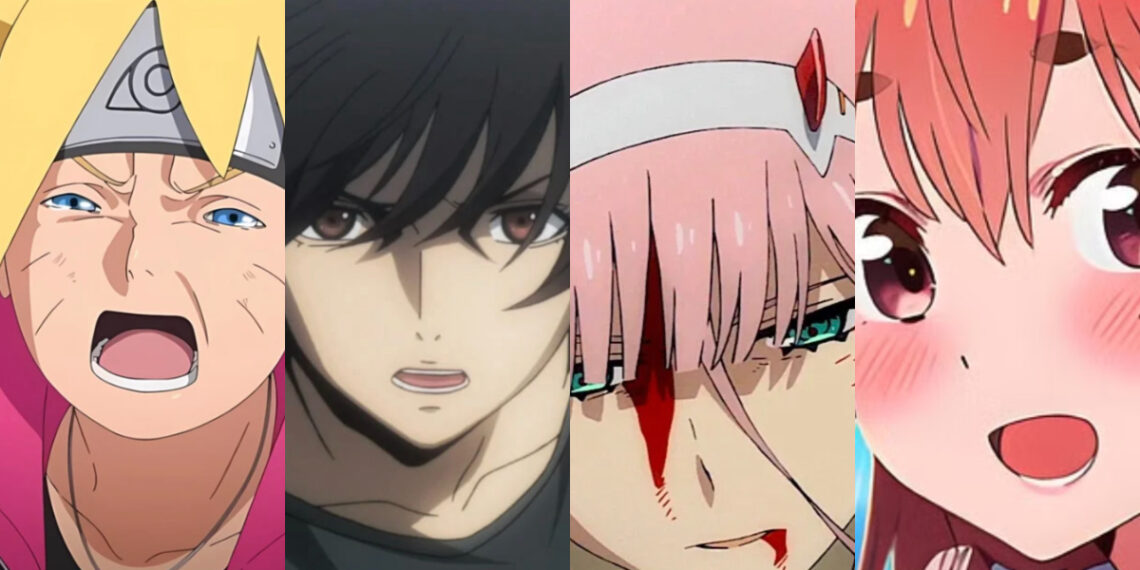Anime is a versatile art form that can appeal to viewers across many demographics and interests. However, not all anime are successful. It is disappointing when an ambitious anime fails to connect with audiences and even angers loyal fans.
Anime often takes creative risks, which allows more room for mistakes or complete failures to resonate. It is frustrating when a promising anime squanders its potential and becomes lackluster.
Some anime make such egregious errors that they turn viewers off from the entire medium. Some especially infamous anime were not always despised – they started out positively but took such a drastic downhill turn that they are now cited as cautionary tales.
These anime lost the faith and admiration of once passionate fans through poor writing choices, tone-deaf messaging, or abandoning the very elements that drew audiences in initially.
The list of such anime continues to grow as more series betray their fanbases so severely that the fans become their harshest critics.
20 Controversial Anime Splits Fanbase
Here are 20 divisive anime that made fans abandon the whole fan base.
20. ‘Date A Live’ Combined Multiple Genres
The anime series Date a Live unsuccessfully attempted to combine multiple genres that did not mesh well together. The premise focuses on Itsuka Shido, who must romance violent spirit girls to save humanity from destruction.
While this concept of mortals dating dangerous deities has worked in other anime, Date a Live failed to develop it in an interesting or meaningful way.

As Date a Live heads into its fifth season, the show continues to stagnate rather than improve or evolve the core premise.
It relies on tired romantic comedy tropes without offering a novel take or even basic entertainment value for fans of the genre. Easy stereotypes and lack of innovation are liable to alienate once-devoted viewers.
Date a Live squandered opportunities to explore creative ideas or add depth to its characters. Instead, it doubled down on superficial fan service antics and stale narrative choices.
After multiple seasons showcasing these flaws rather than strengths, it makes sense ardent fans would become frustrated and outright scornful of a series they once championed.
The promise of new seasons holds little appeal if they continue rehashing the same formula that has failed to deliver thus far.
19. School Days Didn’t Take Its Own Plot Seriously
Many anime act as ego-fueling wish fulfillment centered around audience stand-ins. A prime example is the popular harem genre, where multiple romantic interests fawn over a single, often awkward, protagonist that viewers are meant to identify with.
Initially, School Days followed the standard harem formula by focusing on Makoto Itou, a high school freshman suddenly lusted after by smitten female classmates.
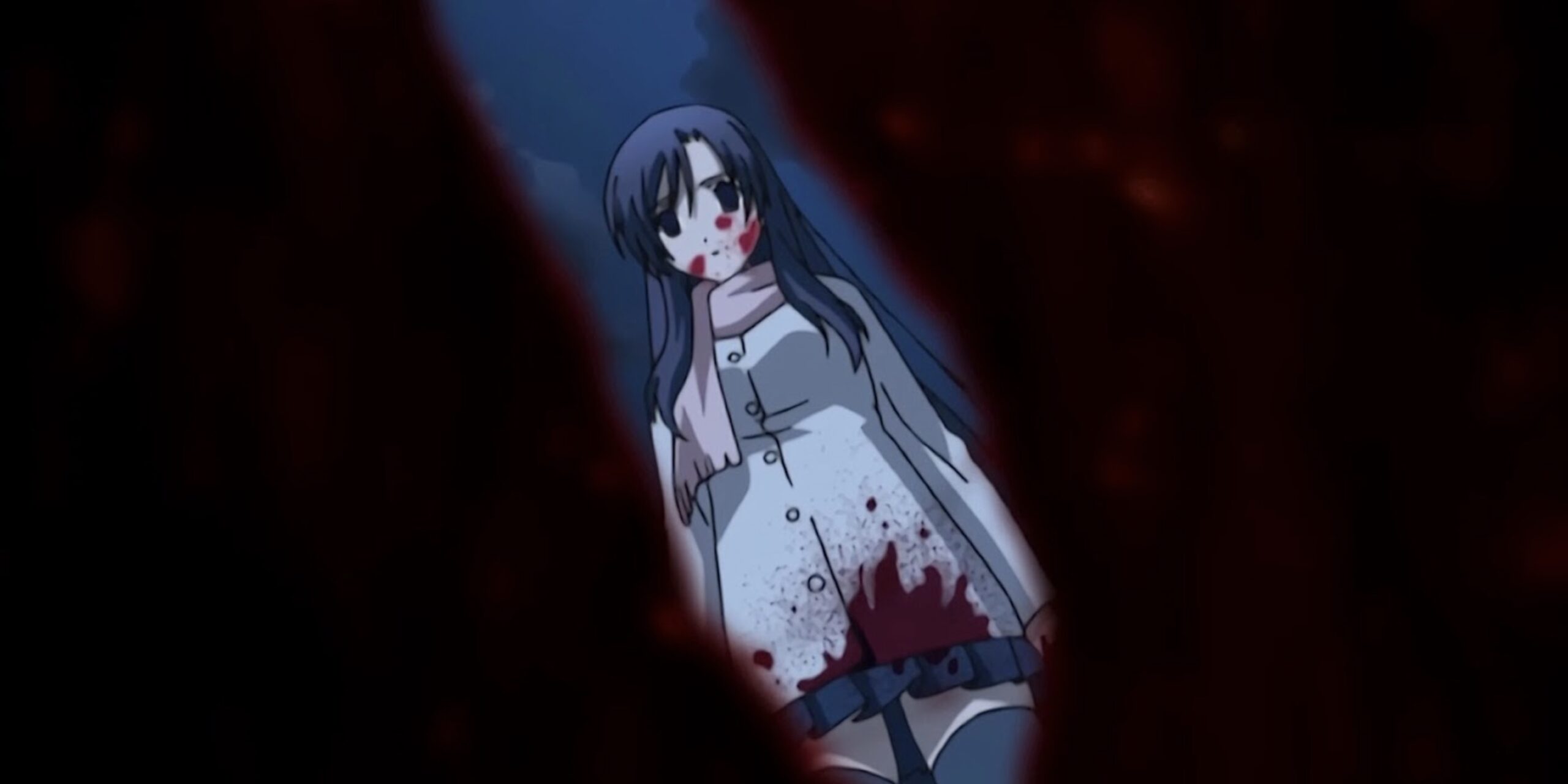
However, School Days took a problematic turn as the unlikeable Makoto’s potential love interests went to unreasonable lengths to prove their devotion, undervaluing themselves in the process.
This reflected and potentially promoted unhealthy, imbalanced gender role expectations. By normalizing and playing for comedy obsessive, troubling behavior, School Days did a disservice to characters and audience alike.
Where the harem genre often dabbles in light wish fulfillment, School Days plunged into deeply flawed relationships.
The characters’ toxic choices and the show’s flippant attitude toward concerning interpersonal dynamics rightfully earned scorn. In the end, School Days left a lasting impression for all the wrong, jarring reasons rather than enjoyable escapism.
18. Mobile Suit Gundam AGE Failed to Deliver Its Great Idea About Generations
The Gundam franchise is known for ambitious sci-fi storytelling, but Mobile Suit Gundam AGE took an especially experimental approach by following three generations of one family across a single decades-long intergalactic war.
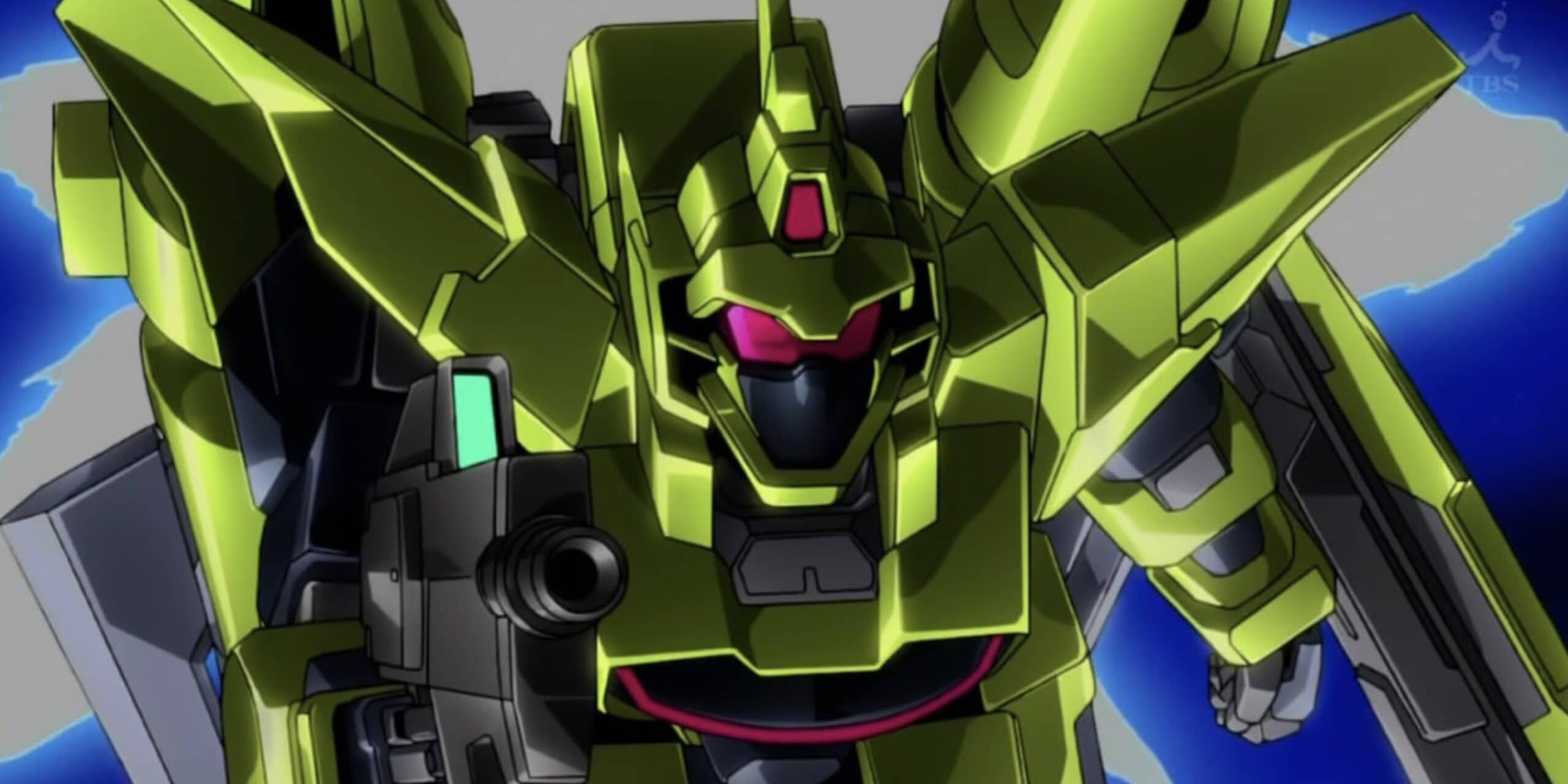
Fans were initially intrigued by the concept. However, by the anime’s conclusion, AGE was widely regarded as one of the weakest entries in the iconic mecha series.
AGE collapsed under the weight of its own lofty goals. The writing felt rushed and hollow, with characters making extreme, irrational choices that strained credibility. This made it difficult to invest in the stakes or drama when events were so nonsensical.
The forgiving treatment of war criminal Flit as a revered hero by the end was seen as absurd – a preposterous attempt at emotion that made both the character and AGE the butt of jokes among disappointed Gundam devotees.
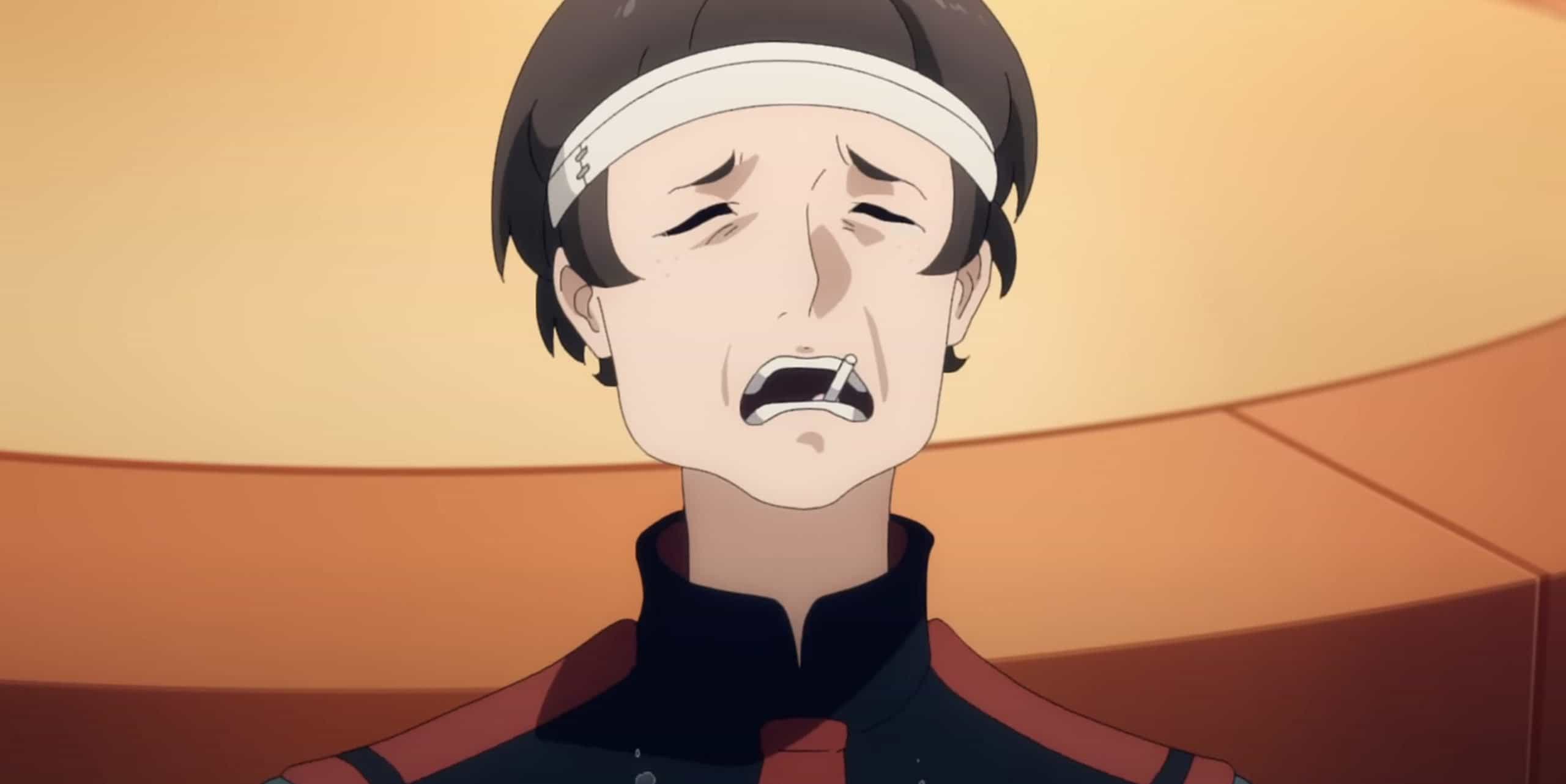
Where the Gundam franchise had previously delivered complex, impactful sci-fi, AGE resorted to cheap plot devices and narrative shortcuts.
Once excited fans felt betrayed by the lack of care evident in the poor scripting and characterization. Rather than capitalize on its fascinating generational concept, AGE squandered its potential.
The failure to live up to the Gundam pedigree and its early hype cemented AGE’s reputation as an embarrassing misfire.
17. The Number Of Fillers In Bleach Is Way Too Many
Long-running anime series presents a challenge, as the intimidating episode count can deter potential new viewers.
While nowhere near as extensive as mega-hits like One Piece, Bleach still spanned a formidable 366 episodes in its initial run.
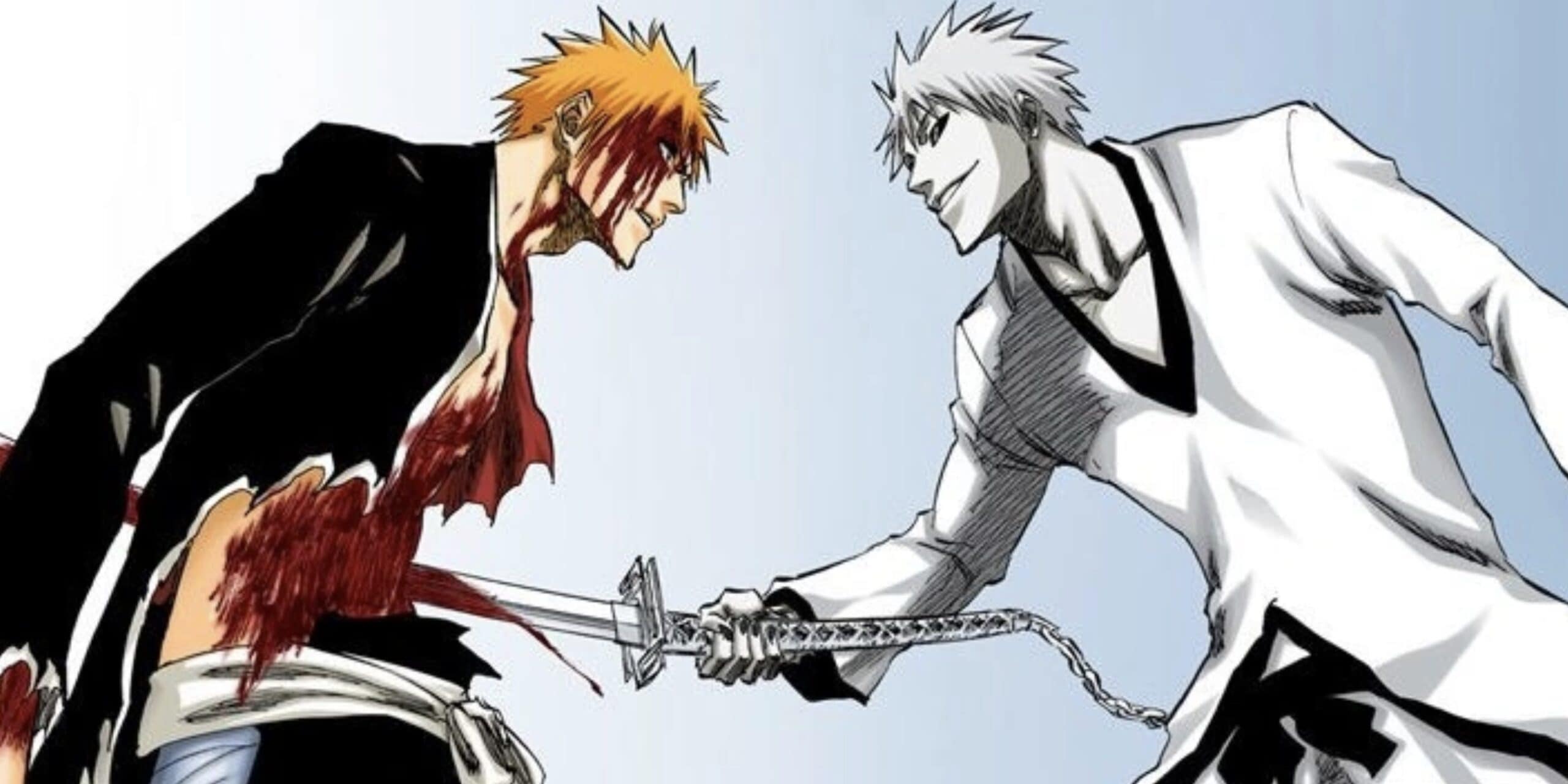
However, Bleach serves as a cautionary example of how anime adaptations can go astray when they indulge in excessive filler or diverge too widely from the manga source material.
Bleach concluded abruptly, leaving major narrative threads and character arcs unresolved. For years, it was panned for this unsatisfying non-ending as well as subpar pacing and adaptation choices.
Even with a well-received final season airing currently, the botched original run reminds viewers that investing hundreds of hours is no guarantee of a narrative payoff.
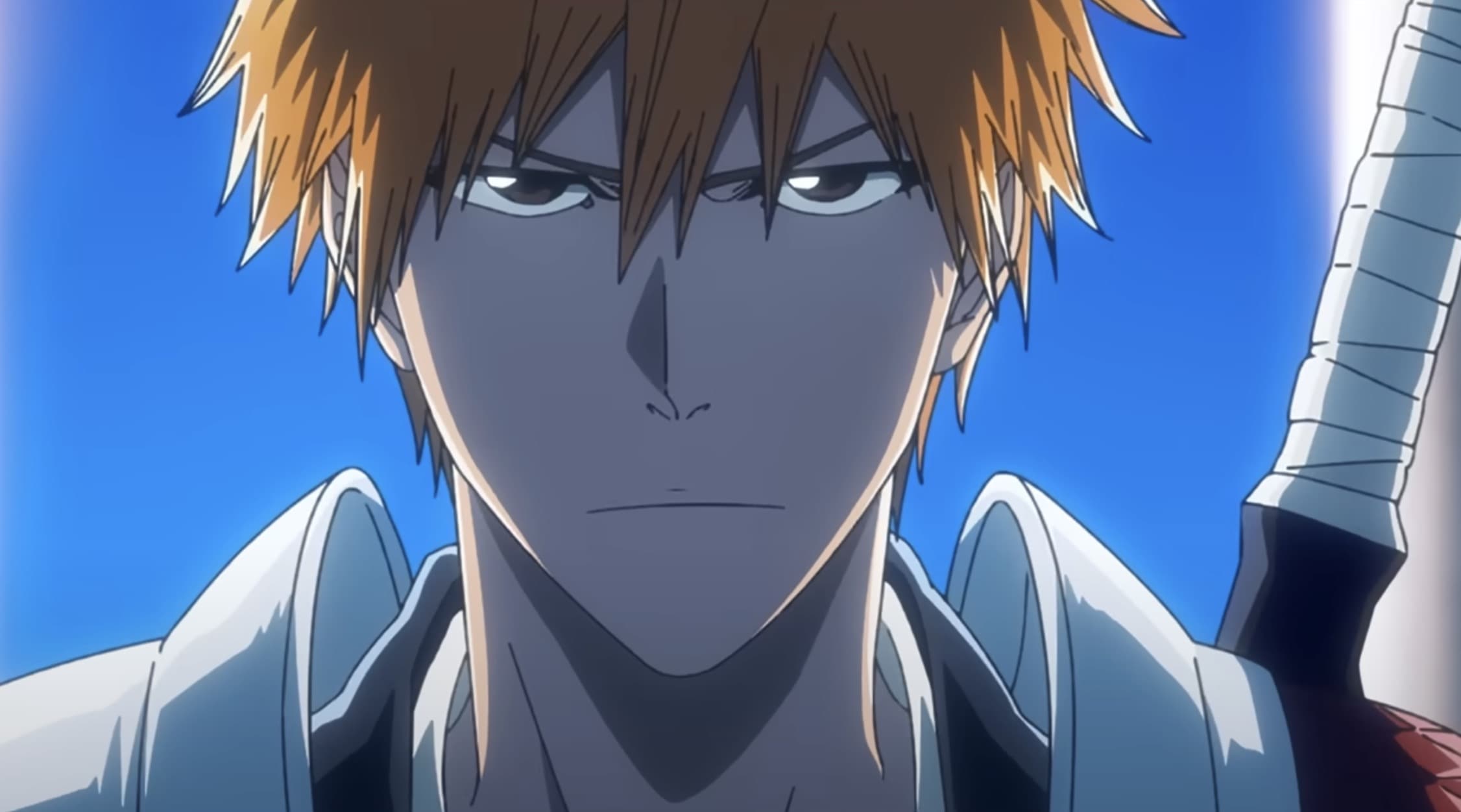
Anime productions face difficult decisions when adapting unfinished manga, often resorting to filler episodes and speculative content of inconsistent quality.
But choices ultimately matter, as seen in Bleach floundering and betraying fans in contrast to series that tread water more artfully while awaiting manga progress.
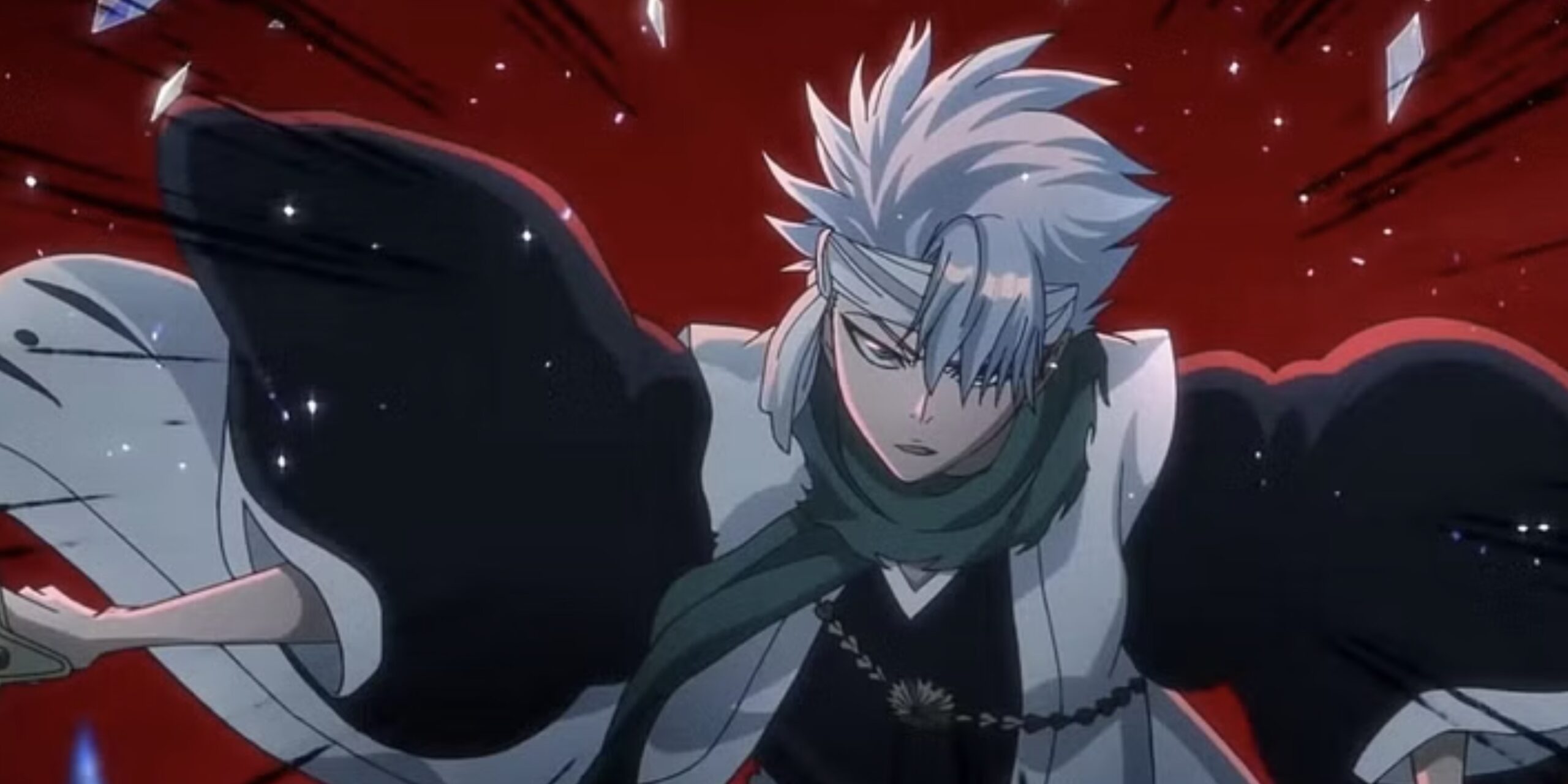
Though daunting episode counts may be inevitable for some anime, respecting the audience and source material is not too much to ask.
Bleach failed at both, squandering phenomenal success and leaving a lasting stain despite its ongoing redemption efforts.
16. The Endless Eight Damaged Haruhi Suzumiya’s Popularity
The Melancholy of Haruhi Suzumiya first garnered acclaim for its innovative blend of slice-of-life school drama with supernatural stakes.
Centered around the titular Haruhi, a girl with the power to unconsciously alter reality itself, the first season was praised for its creativity and nonlinear narrative.
However, the second season took a highly controversial creative risk that many fans consider to have torpedoed the show’s goodwill.
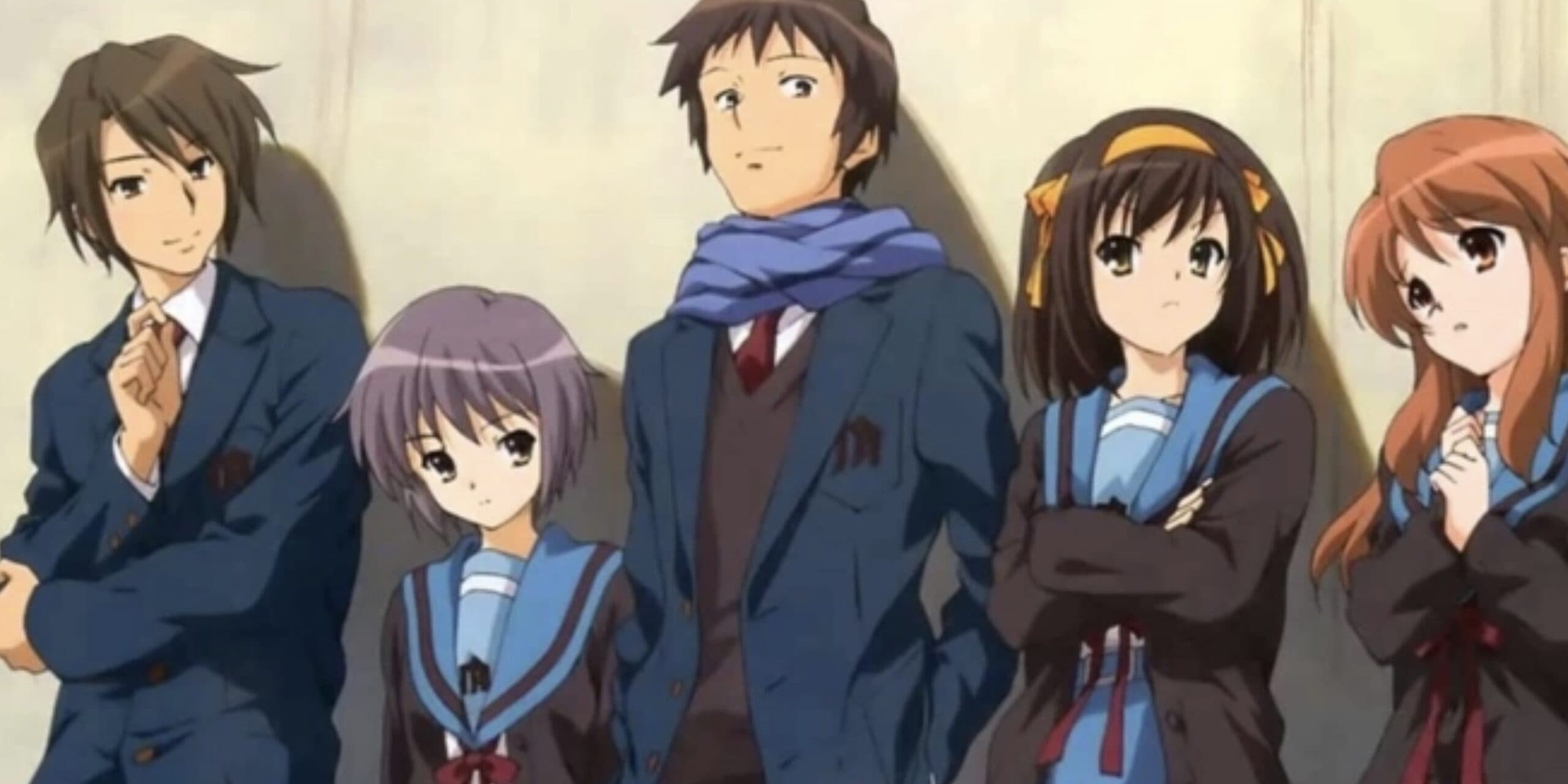
Known as “Endless Eight,” the second season featured eight consecutive episodes trapped in a repetitive time loop – with only minor variations in animation and events across these installments.
This was an attempt to emphasize the monotonous time looping experienced by characters. Unfortunately, the experimental structure wasted audiences’ time and patience rather than effectively building empathy.
The Endless Eight saga created lasting resentment, with angry former fans considering it a betrayal and newcomers reluctant to give the franchise credence after such a notorious stunt.
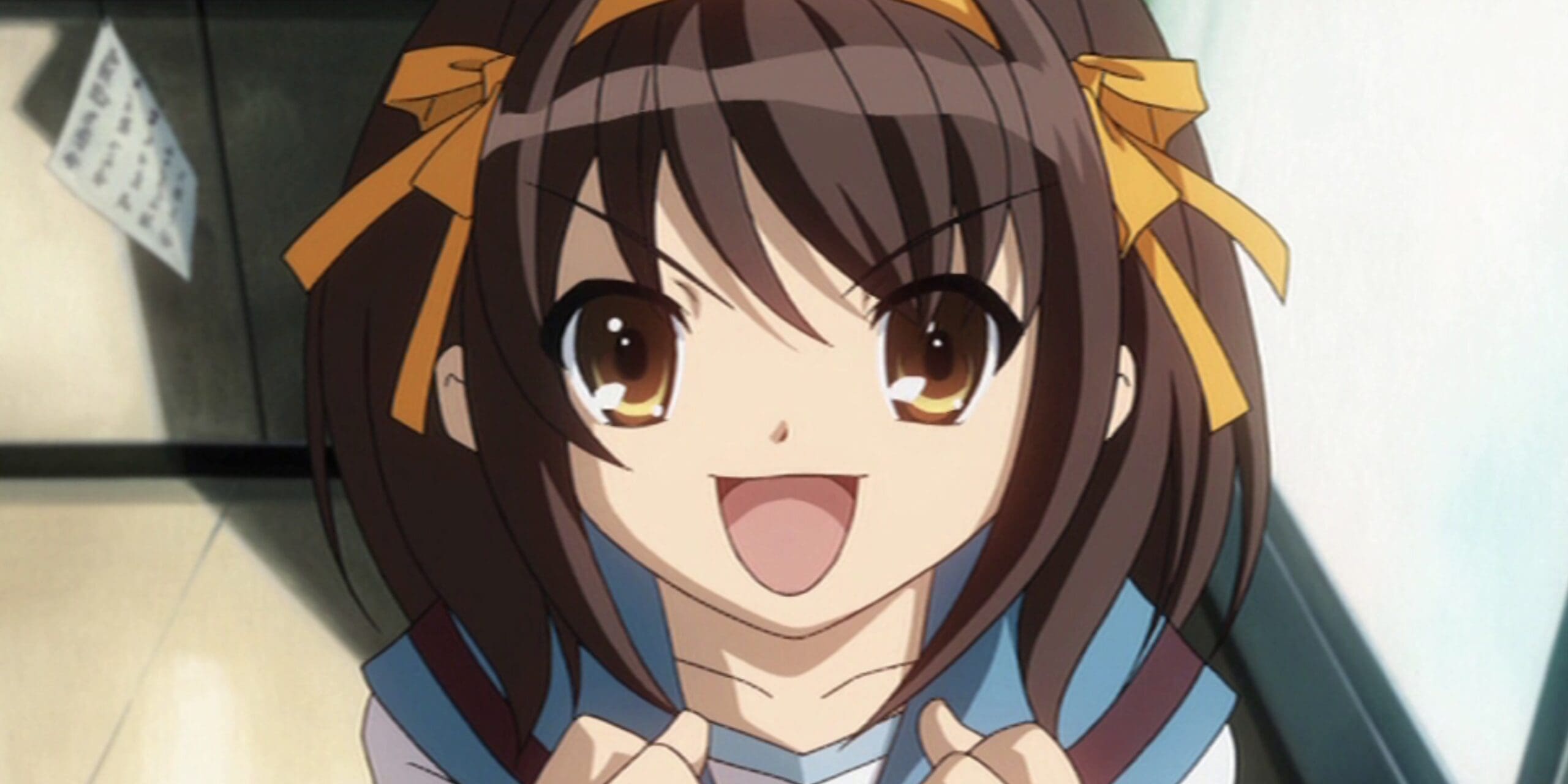
Rather than displaying creative confidence, it came across as egotistical self-indulgence at viewers’ expense.
As a result, The Melancholy of Haruhi Suzumiya serves as both a cautionary tale about testing audiences too far and a reminder that early acclaim can swiftly curdle in the face of scorn over gimmicks trumping substantive storytelling. Trust, once lost, can be difficult to regain.
15. Disturbing Portrayal of Obsession in Happy Sugar Life
Many people harbor assumptions that dissuade them from exploring anime as an entertainment medium. Unfortunately, the psychological thriller series Happy Sugar Life seemingly validates a number of negative stereotypes in a deeply unsettling fashion.
Despite its ironic, cheerful name, Happy Sugar Life immerses viewers in profoundly dark territory.

Protagonist Satou is a high schooler who goes to extreme measures, including gruesome murder, to “protect” her cherished friend, Shio. However, Satou’s obsession with the innocent Shio becomes increasingly disturbing as the show progresses.
While some anime tackle mature themes, Happy Sugar Life leans into taboo spaces, like romanticizing abusive dynamics, in ways that many find gratuitous rather than meaningful commentary.
The descent into darker extremes stretched across 12 challenging episodes leaves even open-minded fans debating whether the provocative psycho-horror journey was justified.
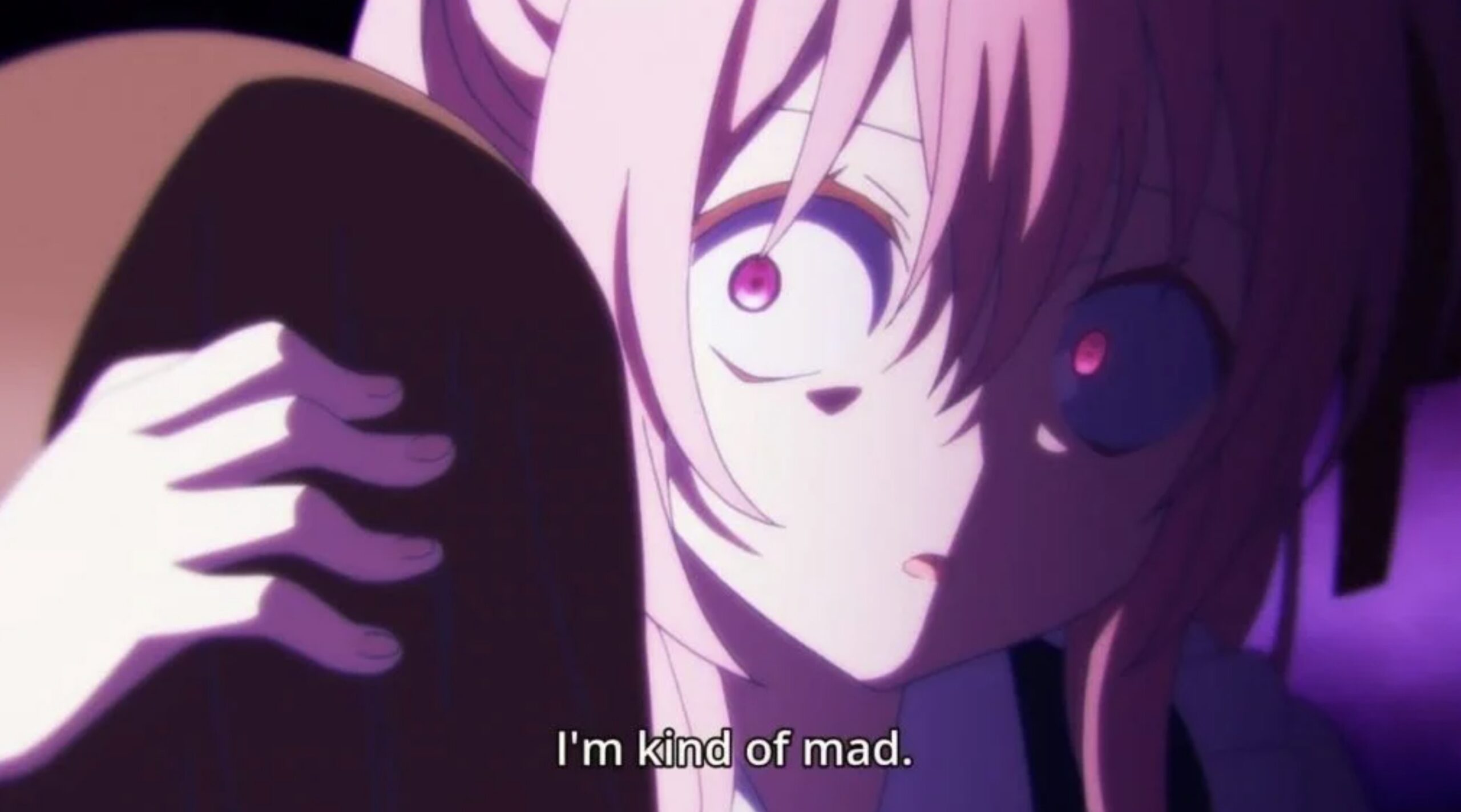
For critics predisposed against anime as a medium rife with objectionable content, Happy Sugar Life plays directly into their assumptions. While defendable as subversive art by some, it poses barriers rather than gateways for newcomers.
When deciding whether “pure shock value without deeper purpose” criticism holds weight, reasonable people can disagree. But the series crystallizes worries that anime media enables or glorifies society’s darkest impulses.
14. Ex-Arm Failed to Attract Fans Due to Poor Graphics
The sci-fi anime series Ex-Arm seemingly drew inspiration from acclaimed stories in the genre, blending familiar dystopian tropes and cyberpunk themes.
Protagonist Akira Natsume awakens from a 16-year coma to find himself equipped with powerful robotic abilities yet oddly disconnected from his own brain. So the core concept itself showed promise, if derivative.
However, disastrous execution on multiple fronts torpedoed any chance of Ex-Arm capitalizing on its potential.
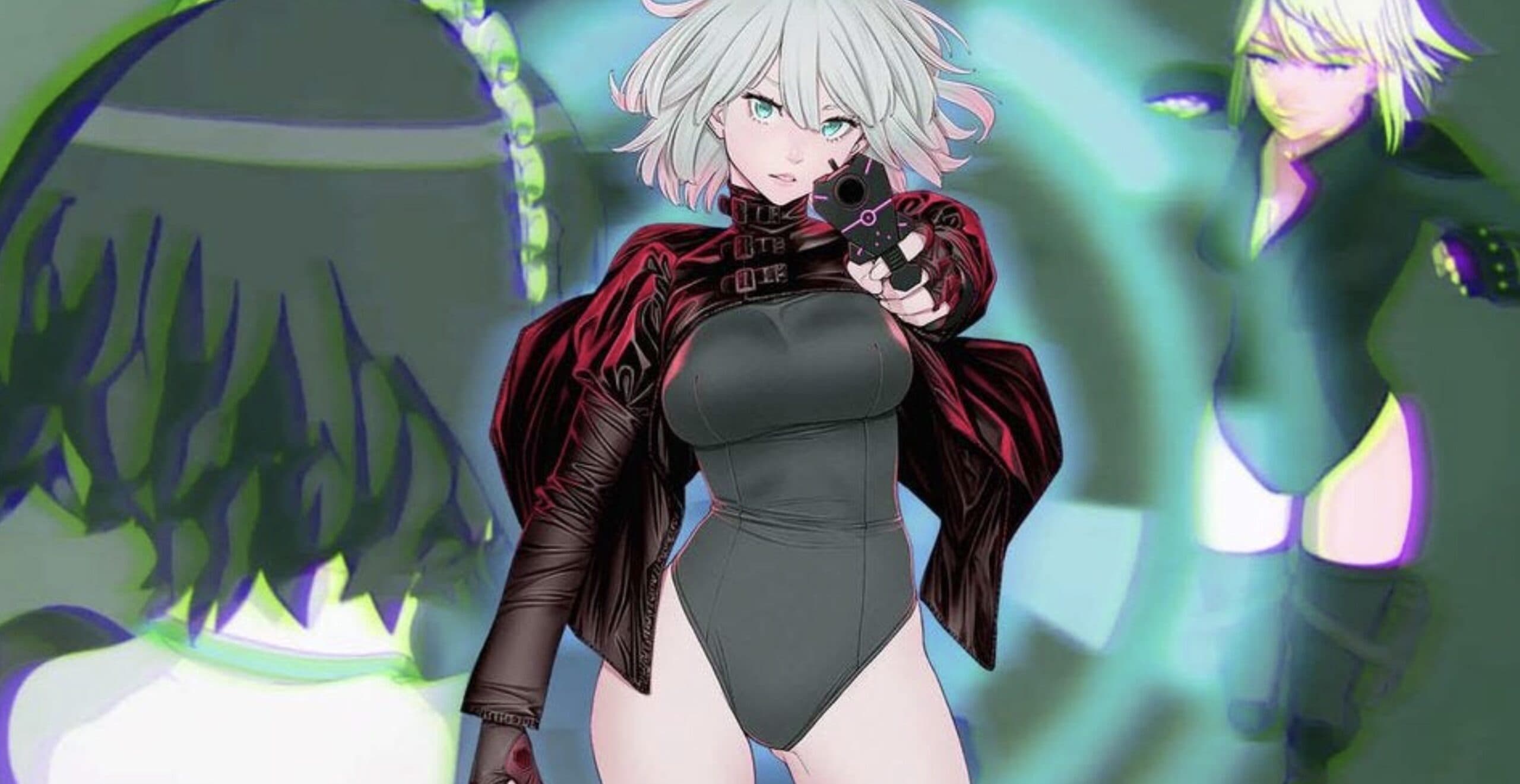
Beyond uninspired writing, the anime was plagued by awkward, stilted animation that paled in comparison to the dazzling visual feats the medium is known for.
Where many anime represent pioneering artistry pushing boundaries, Ex-Arm embodied bare minimum competency.
This combination of a generic narrative barely held together by abysmal visuals rightfully earned a scathing reception.
It reaffirmed concerns that all too often, poor quality anime coast on recycled ideas without an ounce of innovation or care – a disappointing race to the bottom motivated by profits over artistry.
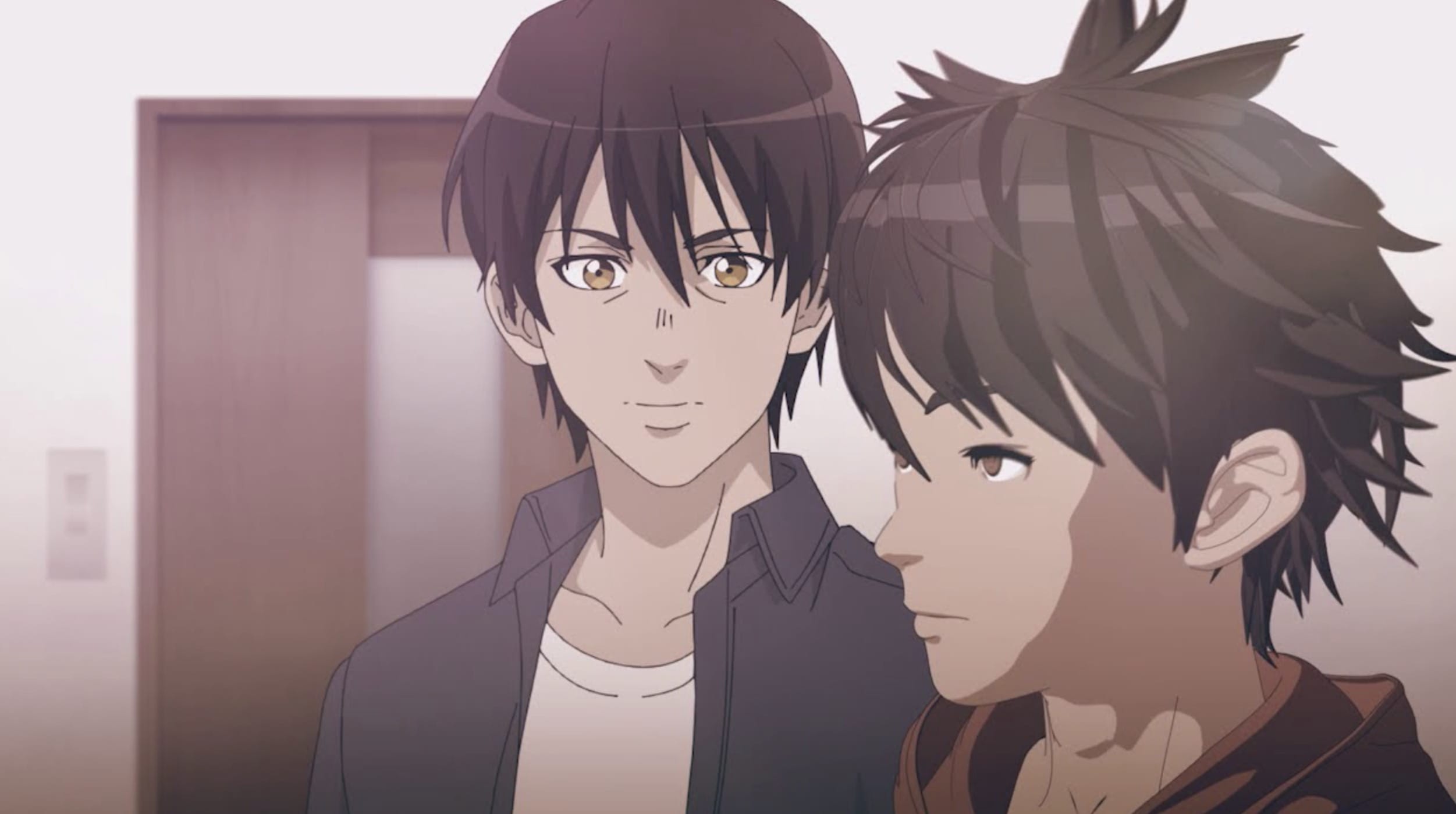
Rather than add to the prestige of thought-provoking sci-fi anime, Ex-Arm insulted the genre. Its failure underscored the sheer abundance of subpar anime saturating the landscape compared to carefully constructed labors of love.
As an embarrassing also-ran doomed practically from conception, Ex-Arm sparked discourse about the medium needing higher standards.
13. Rent-A-Girlfriend Stars an Unlikeable Main Character
Harem anime often gets a pass for indulging in male fantasy wish fulfillment, but even devout fans have limits. Rent-A-Girlfriend immediately sparked scorn for its unlikeable protagonist and contrived storytelling.
The show follows pathetic loner Kazuya Kinoshita as he essentially pretends to date multiple young women rented through an agency to satisfy his emotional needs.
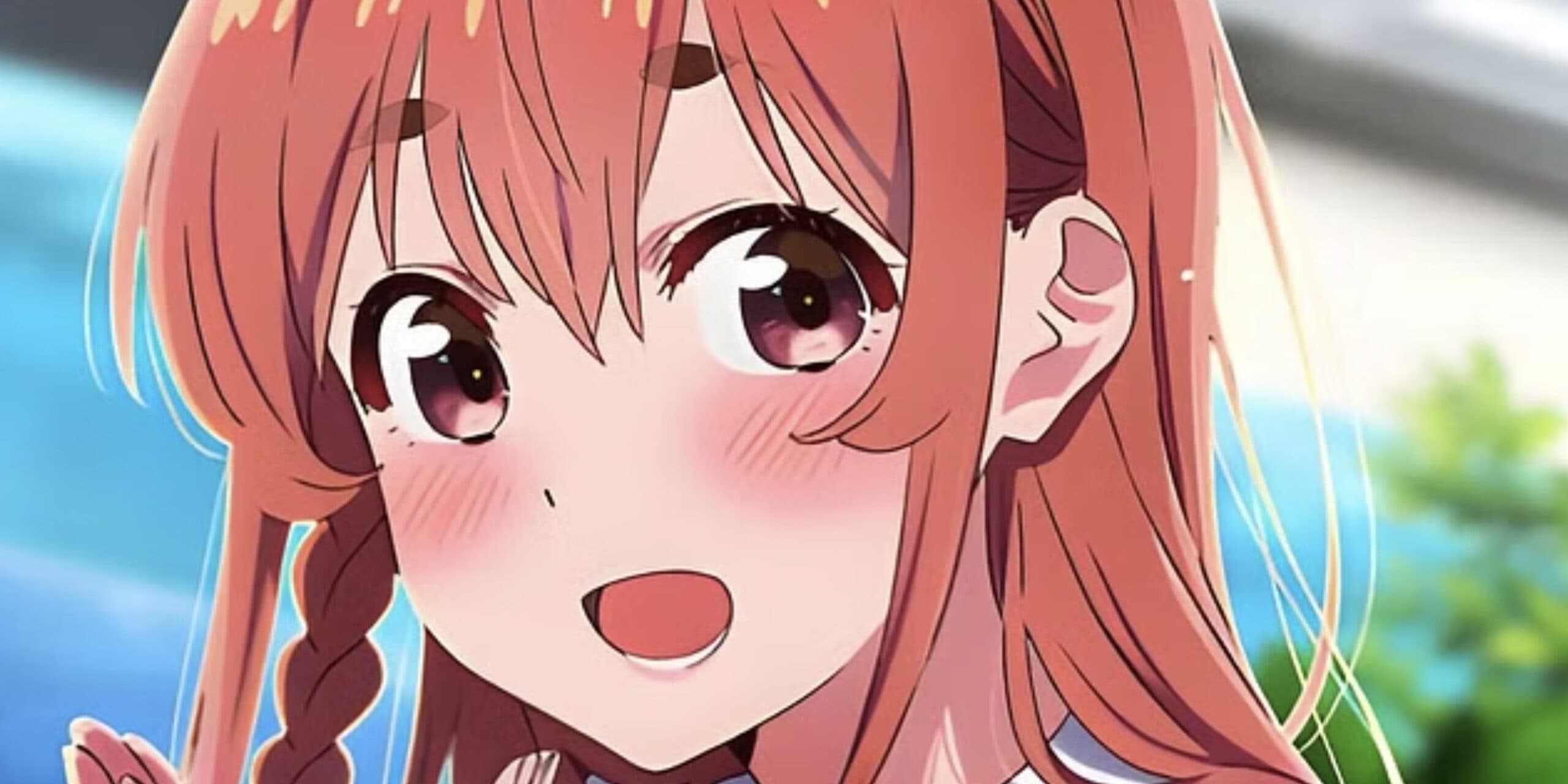
Kazuya is so deeply unappealing that disbelief cannot be suspended when beautiful “rental girlfriends” entertain his obvious self-insert antics.
Beyond the despised main character, Rent-A-Girlfriend employs constant contrivances to bend scenarios back in Kazuya’s favor, straining all credibility.
Viewers simply cannot accept how over-the-top accommodating every woman is towards his glaring flaws and manipulations. The crafted fantasy isn’t even enjoyable when so clearly divorced from how real relationships develop.
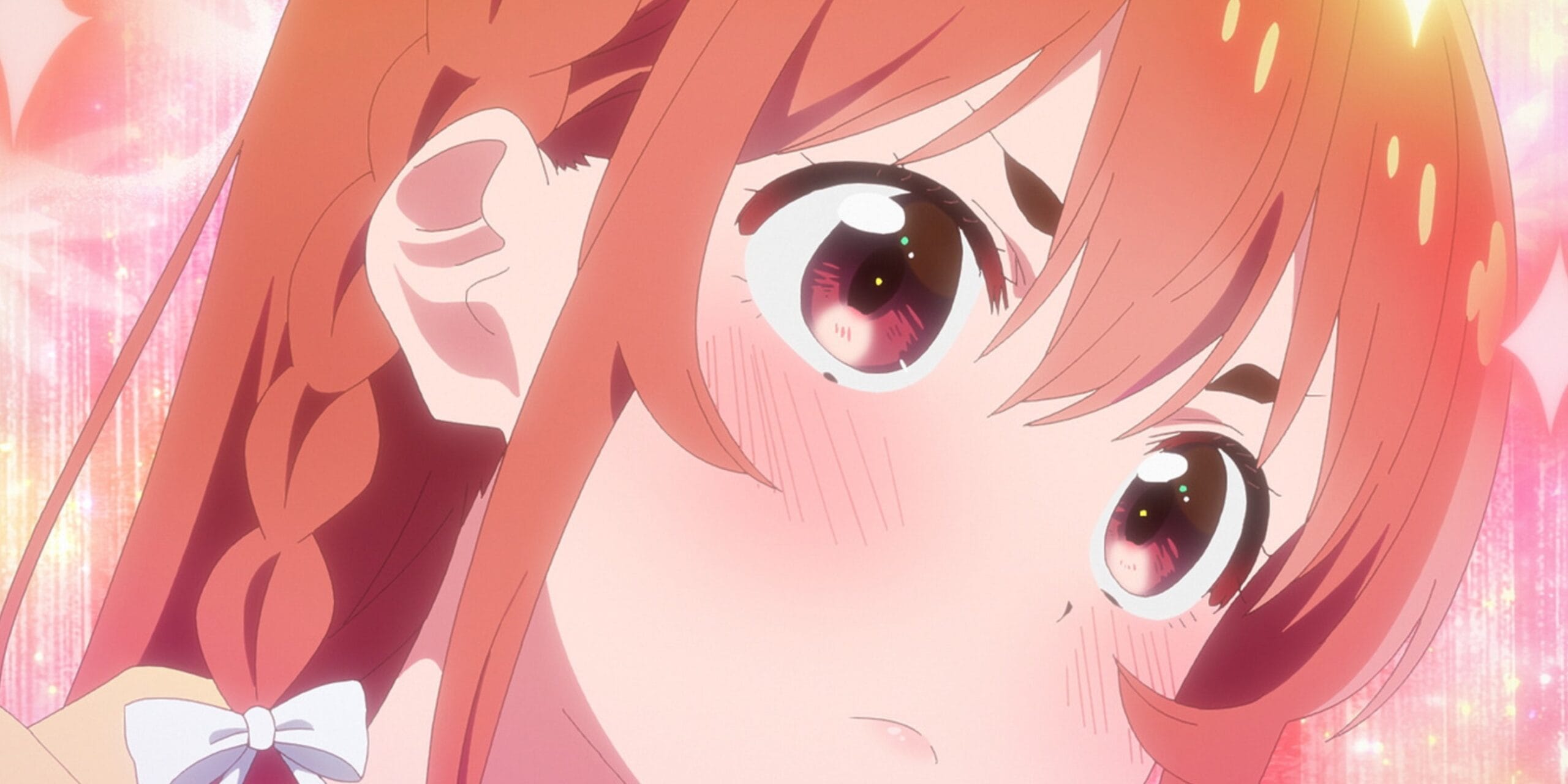
These deal-breaking factors unite detractors and genre fans in a rare case where harem anime goes too far. No willing suspension of disbelief can overlook the show serving as a lazy ego trip rather than meaningful storytelling.
As a result, Rent-A-Girlfriend solidified contempt from the outset while sparking discussion about raising expectations for characterization and narrative merit even in “turn your brain off” genre fare.
12. Berserk (2016) Has Miserable CGI Animation
The dark fantasy series Berserk built a dedicated fanbase through its manga and well-received Golden Age anime film trilogy.
So when a new 2016 anime series was announced, fans eagerly awaited animated adaptations of Guts’ ongoing quest for vengeance.
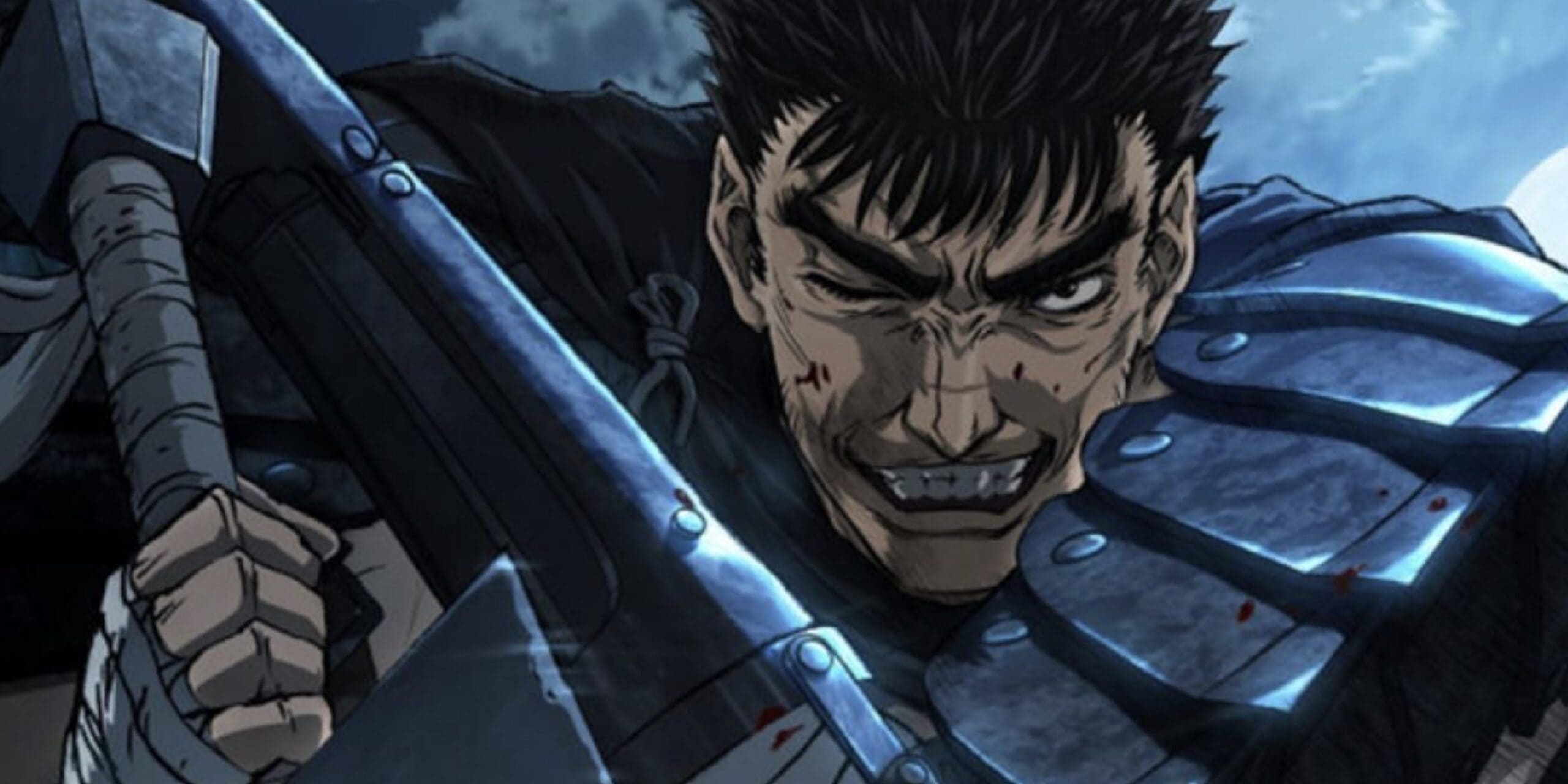
However, this controversial revival utterly failed on every front – disastrously adapting the source material via horrendous animation.
Instead of doing justice to Berserk’s grim saga, the anime carelessly abridged pivotal arcs into incoherent rushing.
At the same time, repugnant CGI visuals plagued nearly every frame, representing one of anime’s biggest technical failures.
Where fans hoped to see seminal storylines and conflicts depicted cinematically, Berserk 2016 hacked away the plot and character development without regard.
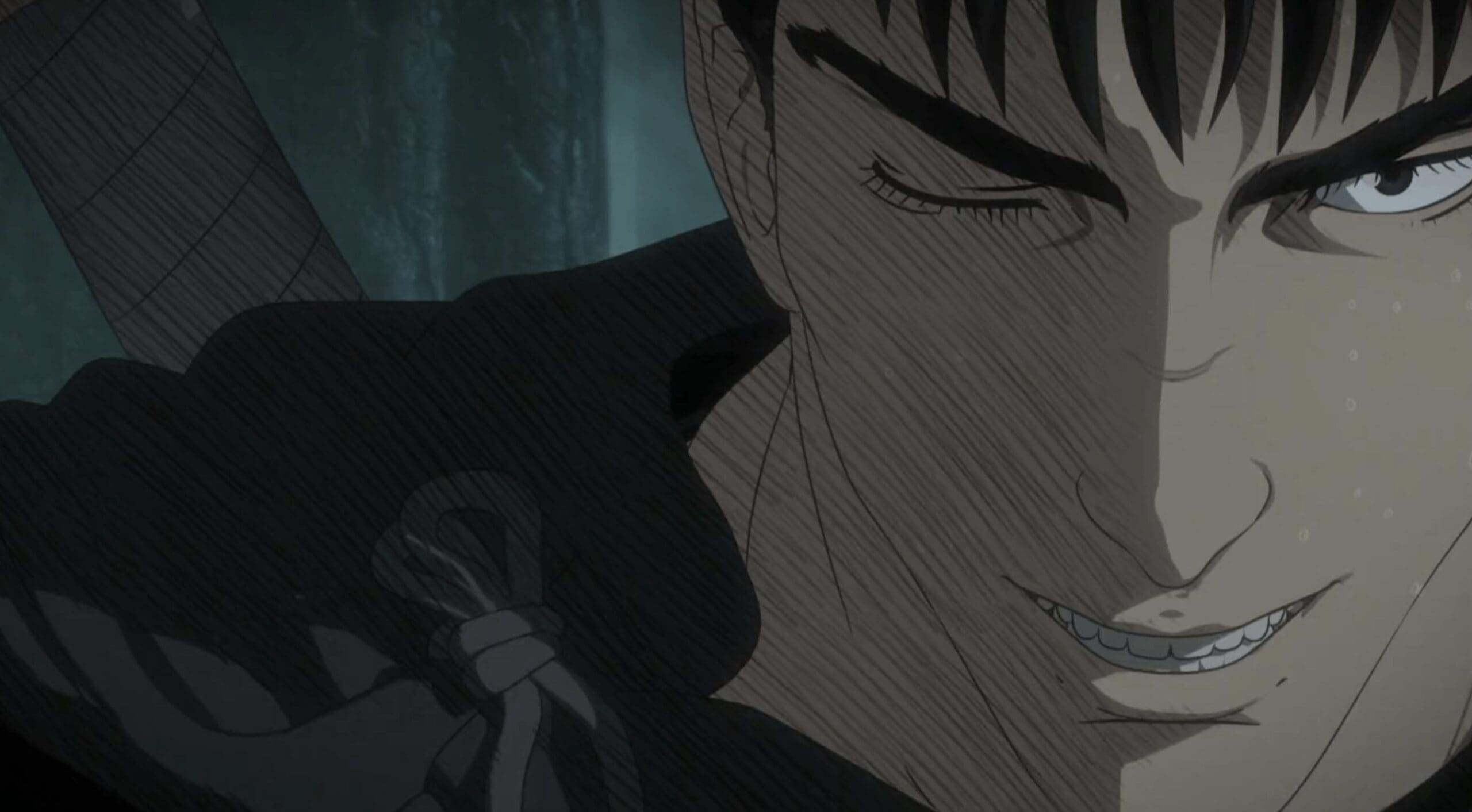
This atrocious adaptation Single-handedly damaged Berserk’s sterling reputation despite the storytelling riches available.
Rather than spotlight the dark fantasy crown jewel, it reduced beloved content to an amateurish, ugly mess. The anime’s universal panning showed what happens when greed-fueled rights holders exhibit zero passion or competency.
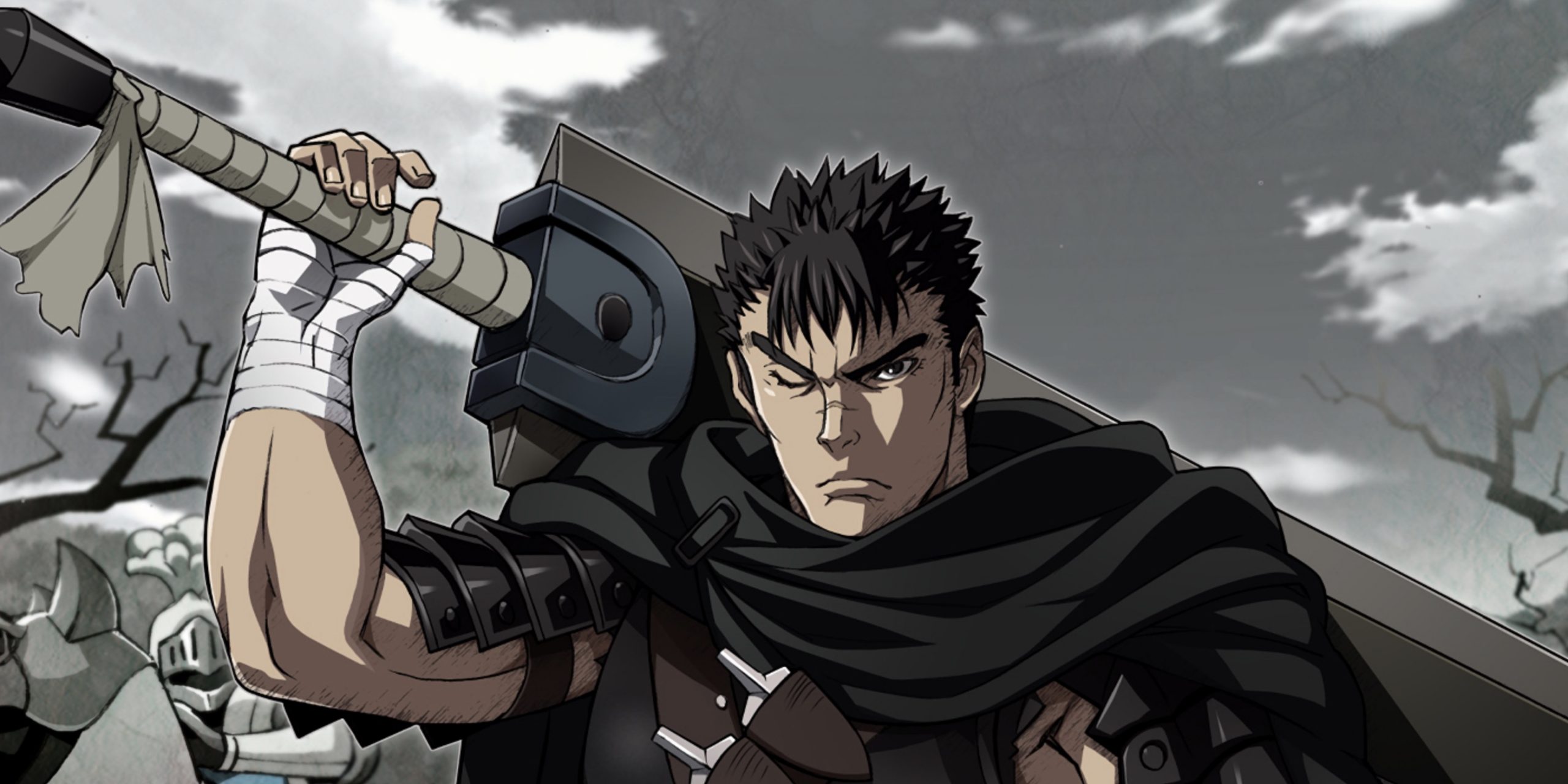
It serves as a cautionary example of relying on surface-level name value without capturing the substantive qualities that built that reputation in the first place.
11. Btooom! Dodges Viewer Questions
“Death game” anime have surged in popularity, but many titles in the genre rely on flashy premises without substantive storytelling. Btooom! attempted to capitalize on the trend but failed to deliver a satisfying narrative.
The plot follows gaming expert Ryota, forced into a real-world replication of the deadly multiplayer game Btooom! While this hook promised thrills, the series relied on recycled battle royale tropes without innovation.
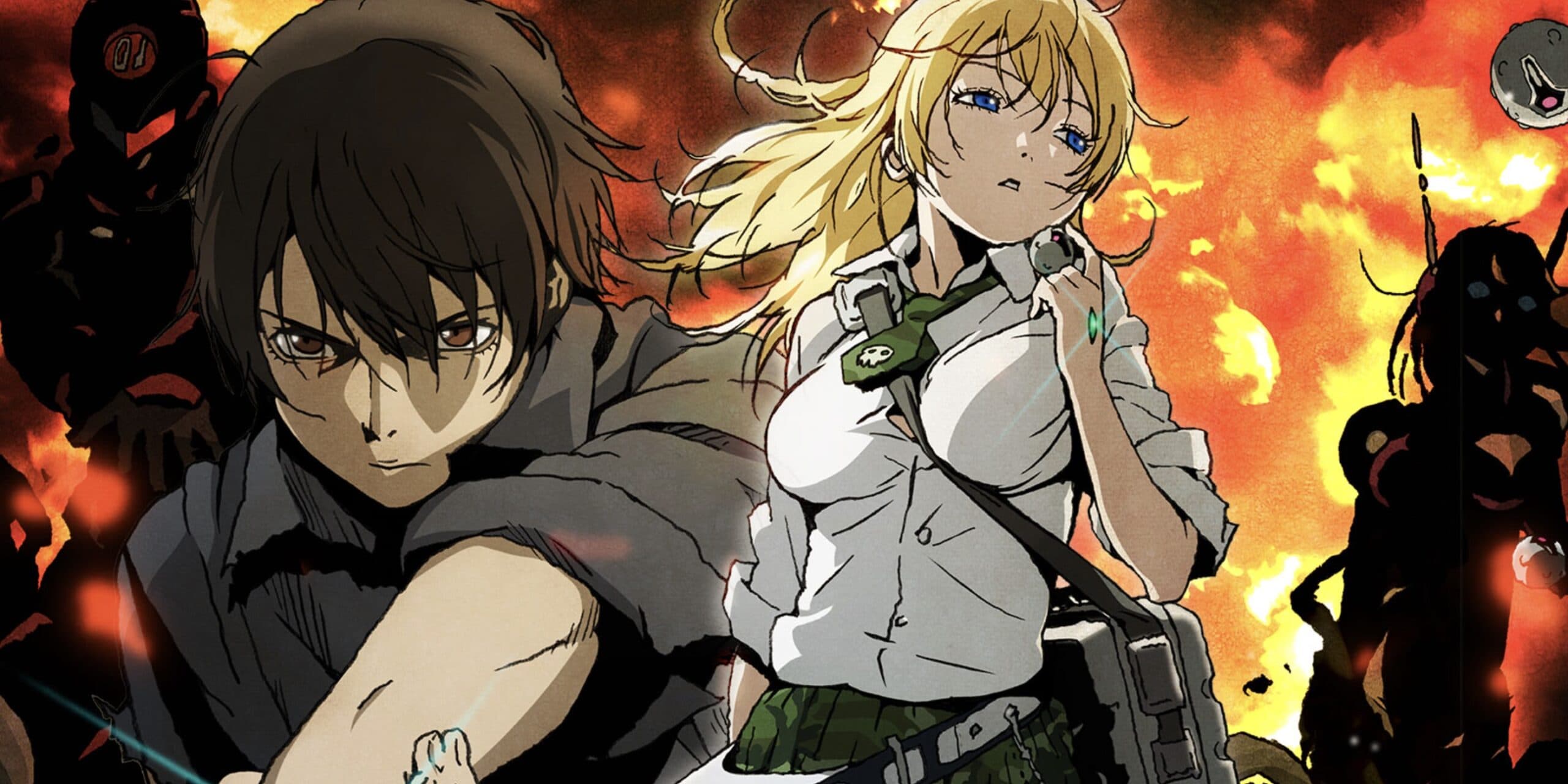
More frustratingly, cheap manipulations teased character deaths without follow-through, prioritizing shock value fake-outs over coherent storytelling.
Beyond narrative issues, Btooom! Additional problems in its treatment of female characters were observed.
Often victimized for sheer titillation rather than meaningful commentary, the show’s gratuitous and tasteless elements further alienated viewers.
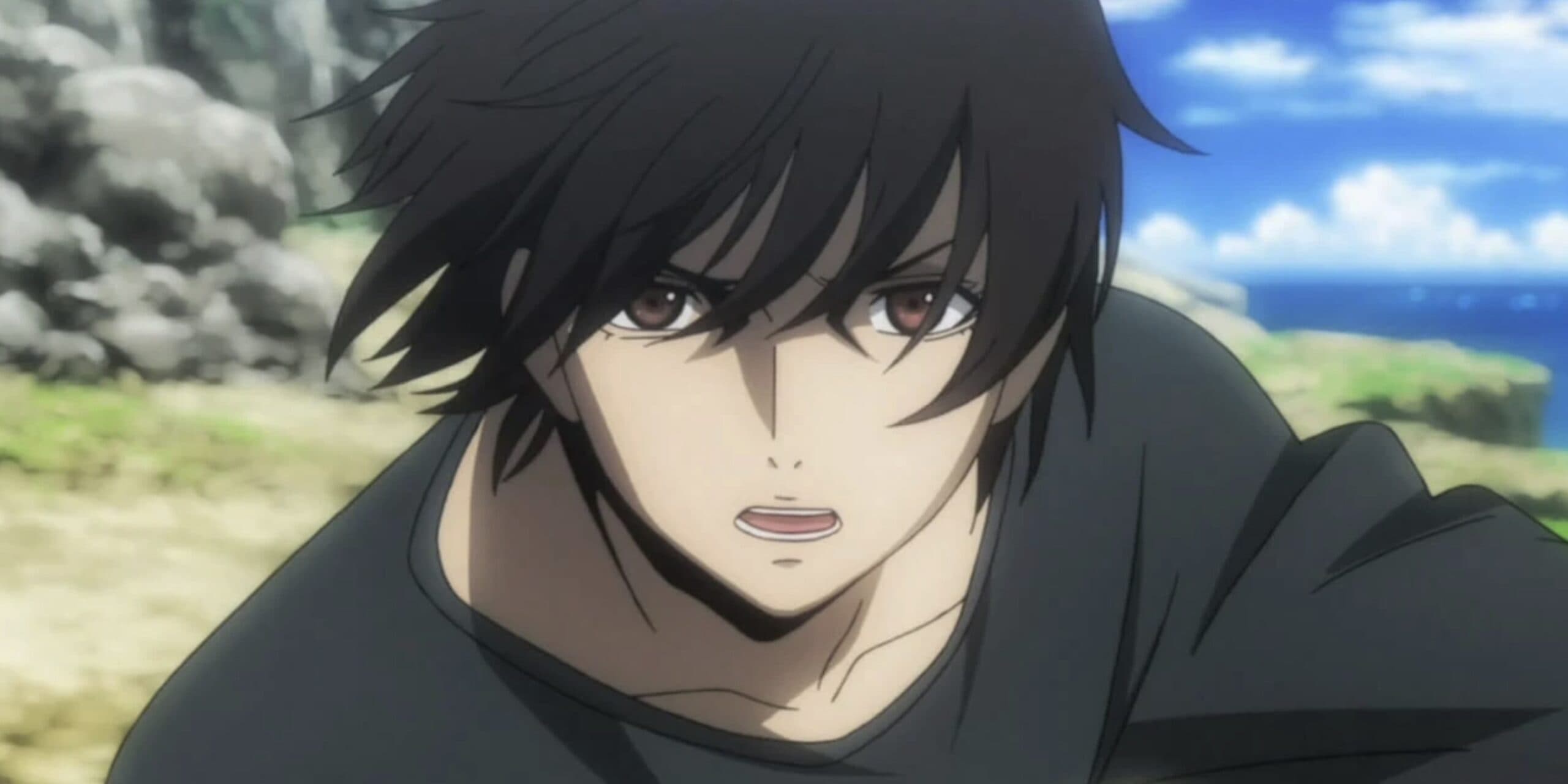
In the end, Btooom! It represented numerous pitfalls of the death game genre when executed poorly, squandering its scenario for fleeting visceral reactions rather than nuanced plotting or characterization.
Rife with wasted potential, cheap tricks, and objectionable creative choices, the series personified why many anime fans express fatigue with the overloaded genre.
Style without substance may attract initial attention but rarely satisfaction.
10. Mars of Destruction Lacks Story and Character Development
On paper, Mars of Destruction held promise as a sci-fi action story centered around humans donning advanced exosuits to battle alien invaders known as Ancients.
The premise left room to explore provocative themes and high-stakes conflicts seen in genre classics. Unfortunately, disastrous execution doomed its potential from the outset.
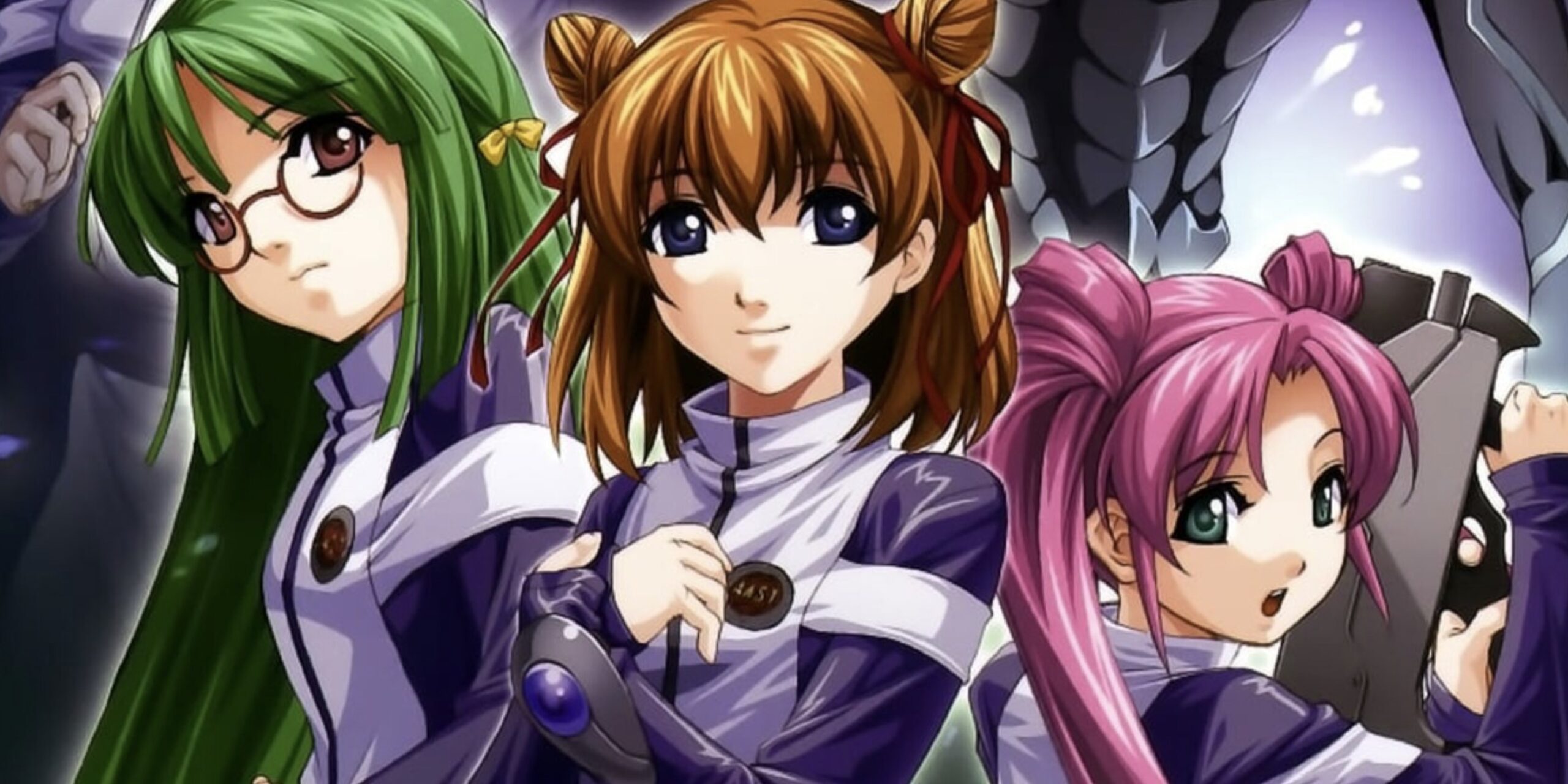
Thin characterization accompanied a nonsensical plot that stalled almost immediately through sheer incompetence.
Events unfold without meaningful connecting tissue as a barrage of random ideas hurt the past. Most damningly, the abominable writing breaches so-bad-it’s-good territory through sheer inept attempts at drama or tension.
As an exemplar of utterly failed sci-fi anime, Mars of Destruction damages the perception of its era and genre associates by sheer proxy.
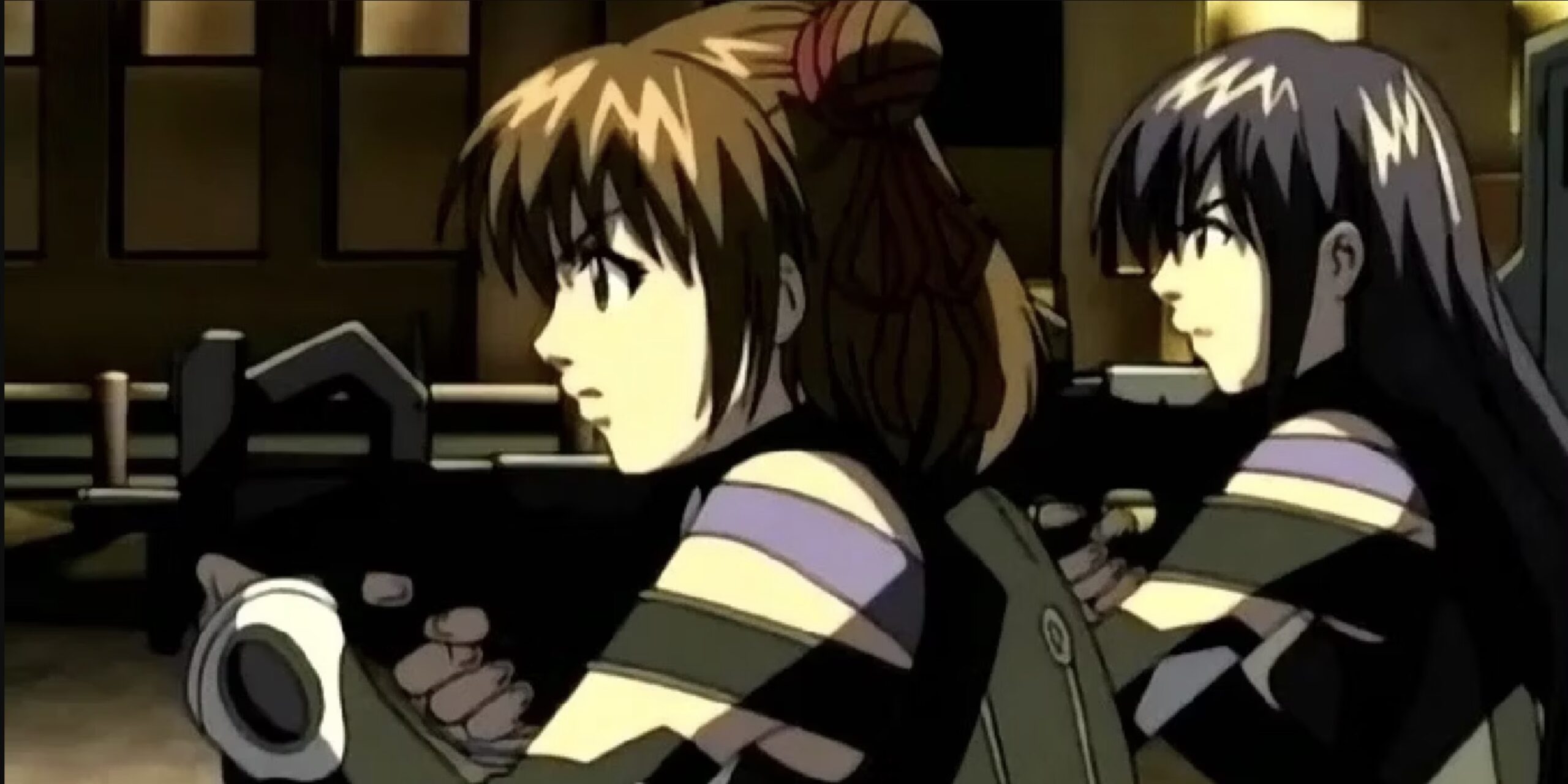
With so many wasted opportunities to craft compelling fiction, it instead wallows in the depths of B-movie schlock, and not even in an amusing fashion.
For outsiders skeptical of anime’s hit-or-miss reputation, Mars of Destruction validates fears of tolerating poor quality and nonsense for the sake of cultural cachet. It serves as both tragedy and warning – unlimited imagination means nothing without skill behind its execution.
9. Dark Cat Seemed Like a Spoof, Not a Scary Film
The 1990s saw a boom in experimental and provocative violent OVA projects, both substantive and gratuitously graphic.
Among these, Dark Cat aimed to put a bizarre horror twist on the iconic cat-and-mouse rivalry. It centered on brothers Hyoi and Ryoi, who were cursed to become felines, who battle a Lovecraftian tentacle beast menacing their city.
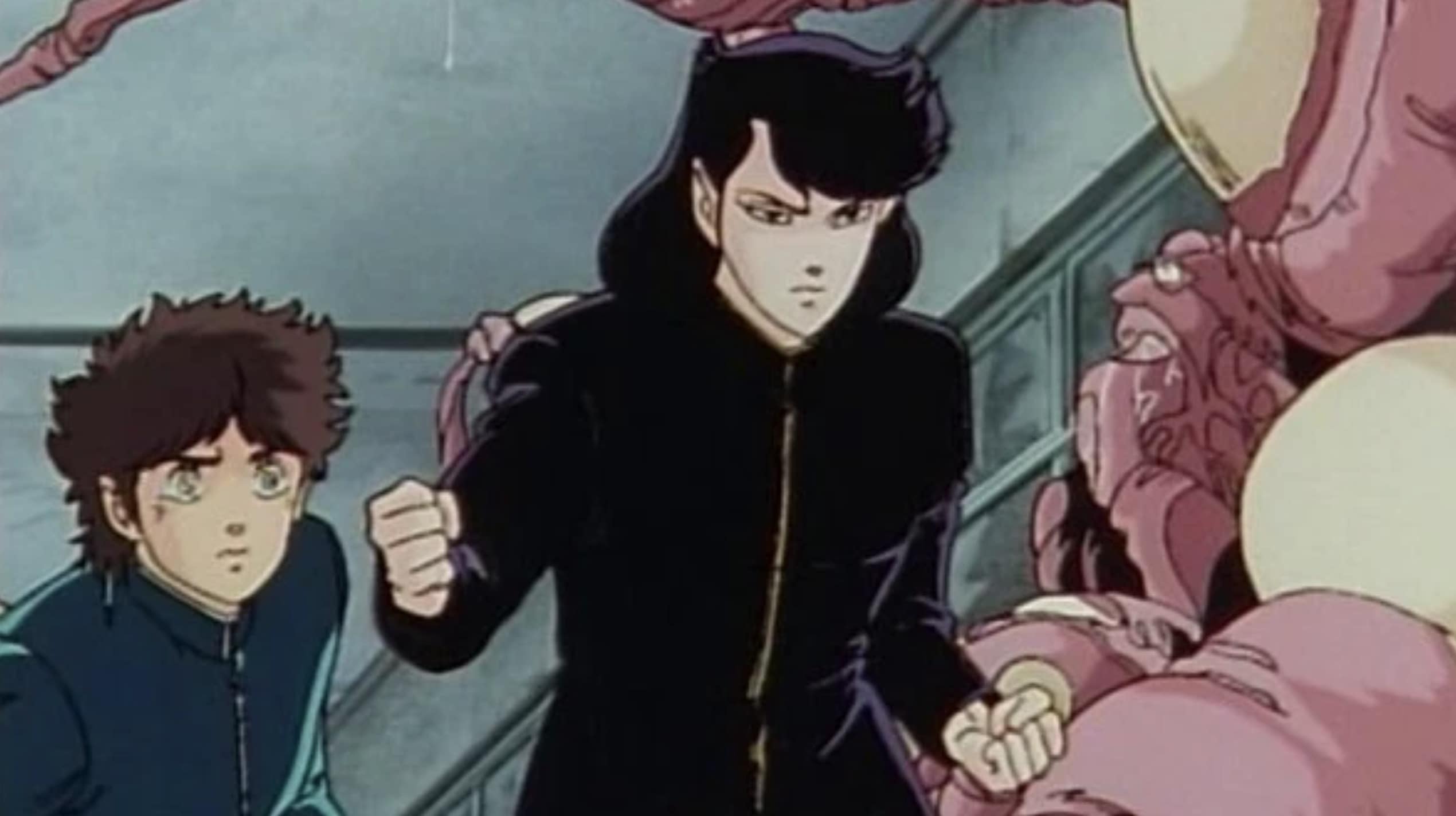
While the premise held promise for surreal spectacle or incisive genre parody, Dark Cat collapsed in execution.
Any inventive flourishes get swallowed by an avalanche of lazy writing, nonsensical plots, and half-baked animation.
Rather than effectively satirize horror anime tropes, it wallows as an inadvertent self-parody highlighting the worst contrivances and cheap shock value the era produced.
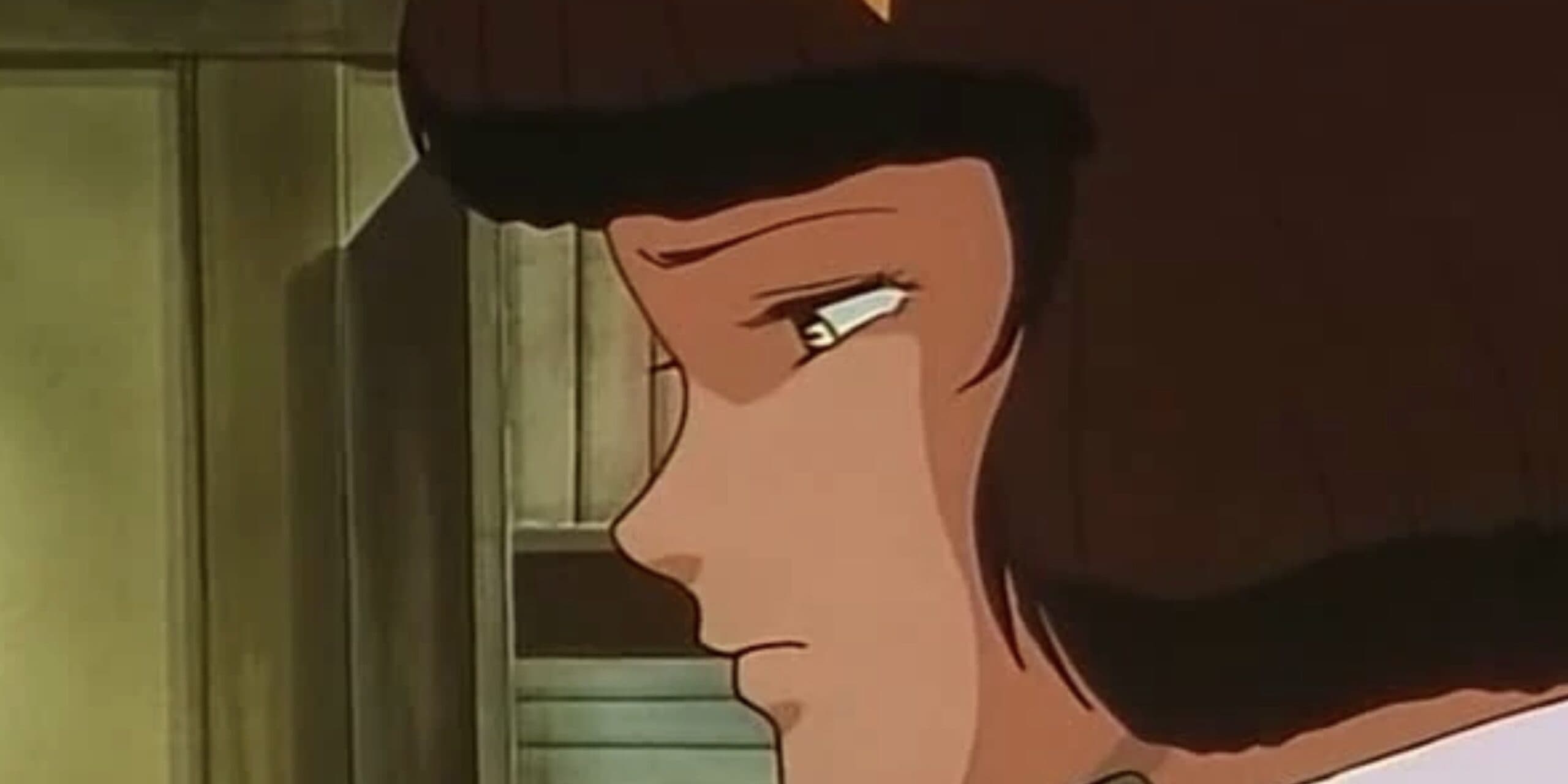
As more studios churned out lurid OVAs to capitalize on fads, Dark Cat embodied the lack of quality control or purpose plaguing the most vapid entries.
Sacrificing coherence at the altar of sheer weird spectacle, the series failed to balance creative risks with audience connection.
It spotlighted the worst excesses of the direct-to-video bubble – all flash with no substance.
As such, it serves both as a time capsule for an experimental era losing its way and caution about betting on sheer neighbor appeal without strong storytelling behind it.
8. Dragon Ball GT Seemed Like a Repeat of Past Concepts
While Dragon Ball Super now continues the iconic franchise’s legacy, the 1990s saw a controversial, now-disowned “conclusion” to the saga in Dragon Ball GT.
Acting as an anime-only sequel to Dragon Ball Z, GT notably minimized involvement from original creator Akira Toriyama.
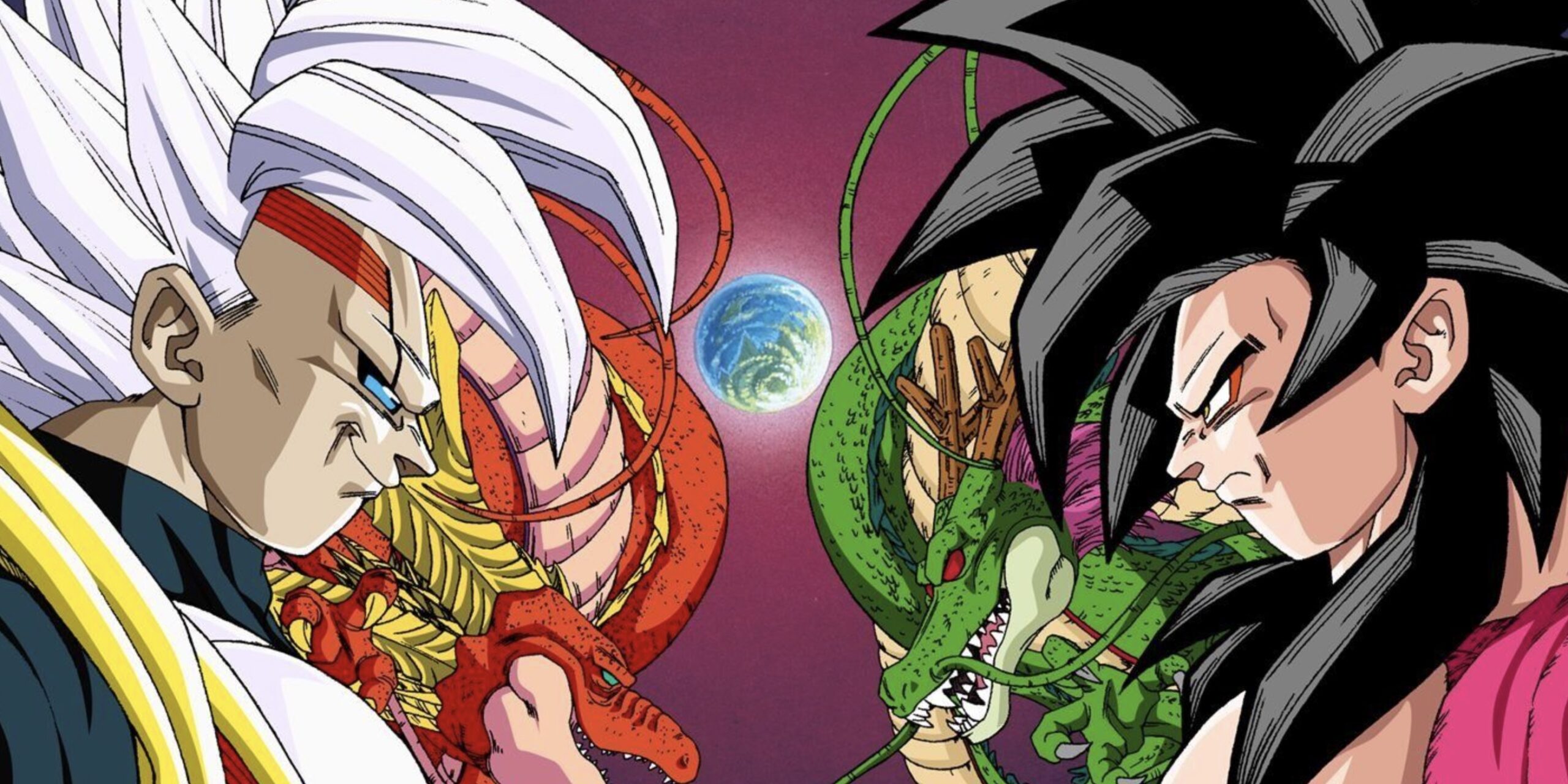
Lacking the original visionary’s guiding hand, GT floundered in recapturing the magic. Early missteps like regressing Goku to a child dragged down momentum, further hampered by recycled dramatic beats. Despite superficial similarities, GT’s attempted fan service carried little substance.
Especially for longtime fans, GT represented a betrayal of the franchise’s spirit – a hollow continuation for profit without purpose.

The rocky foundation never stabilized across 64 episodes. In the end, subpar execution made GT feel like an imposter trading on the Dragon Ball name rather than a worthy torch-bearer.
Through its lasting stain on Dragon Ball’s reputation, GT spotlighted the damage poor adaptations can inflict regardless of brand recognition.
Dropping in quality and contorting core elements courts disaster. As such, GT serves not just as a bad anime but cautionary example of how anime-only sequels can go astray without source material creators guiding the way.
7. Violence Jack Mishandles Its Story, Lacks Seriousness
Acclaimed manga creator Go Nagai’s influential works defined genres and paved the way for modern anime. However, his notorious Violence Jack franchise pushed boundaries past their breaking point into gratuitous excess.
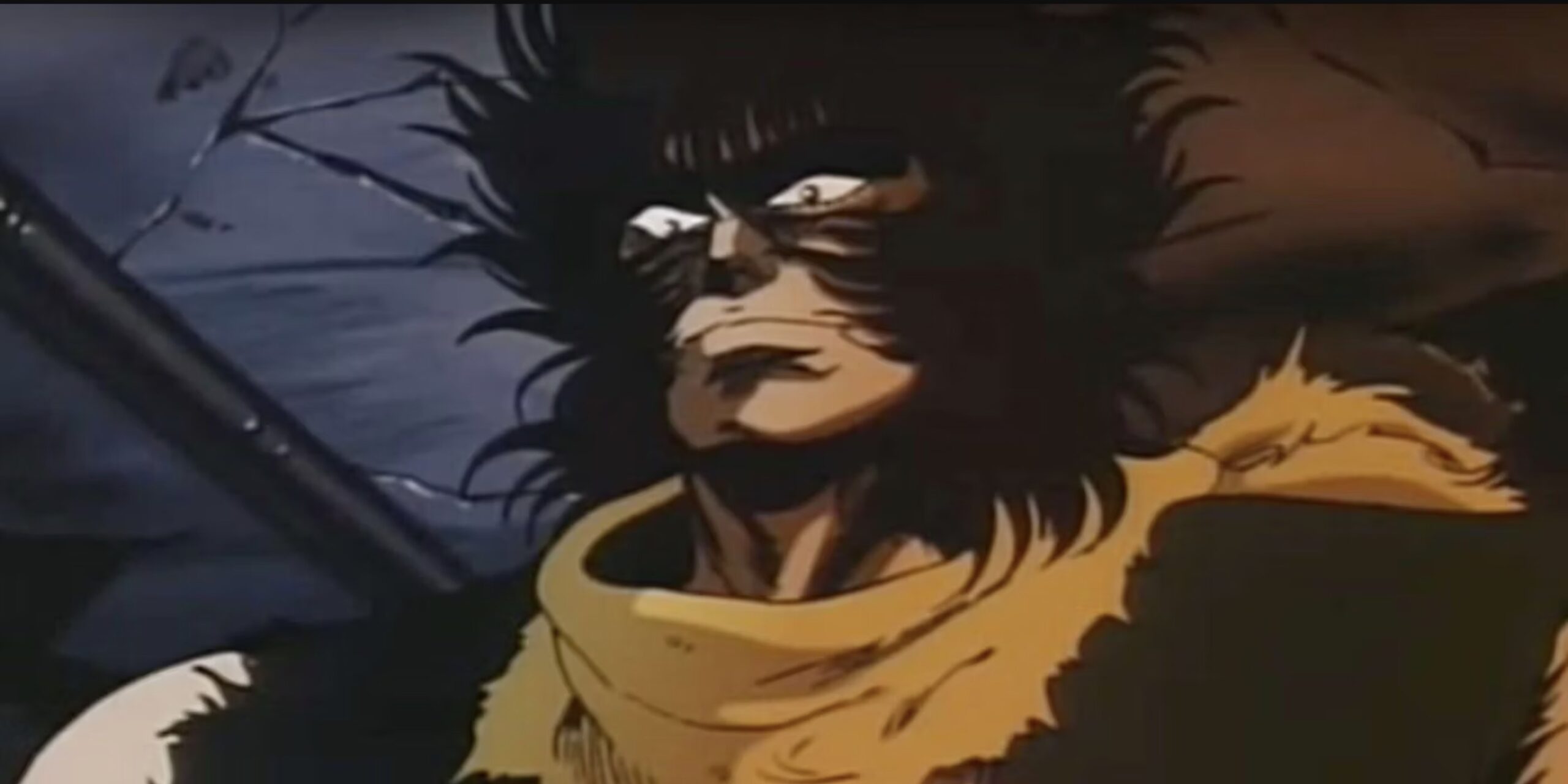
Though hailed as an early post-apocalyptic anime, its sensationalized brutality has not aged well.
Divided into three graphic OVA installments, Violence Jack leans heavily toward extreme content without substance.
Ostensibly focused on survivors in a ruined world, each chapter devolved into a vehicle for shocking ultraviolence and sexual assault as entertainment.
While some defend it as groundbreaking given the era, many decry the misogynistic, mean-spirited perversity throughout.
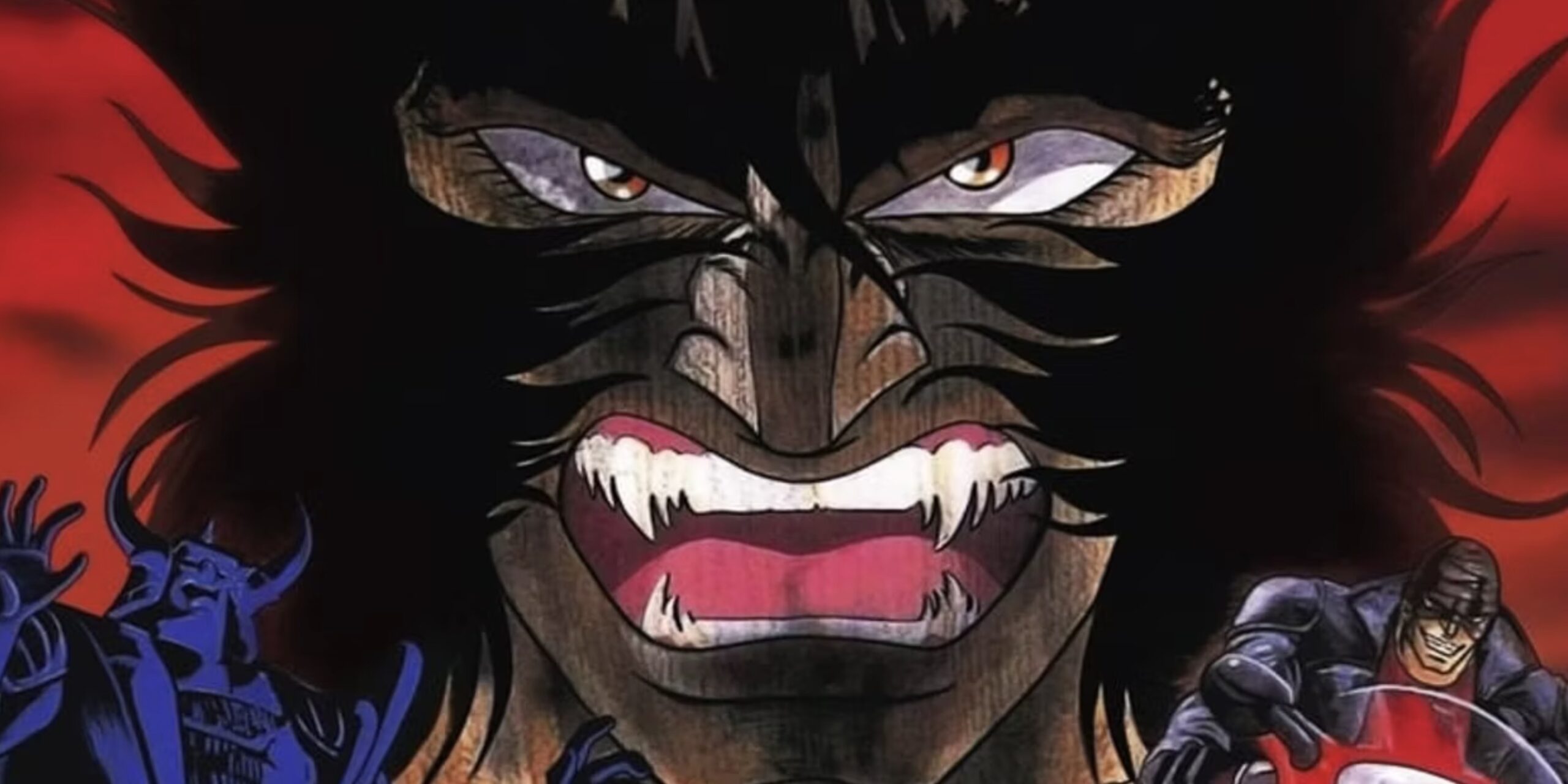
Rather than thoughtful commentary, Violence Jack embodied the worst impulses of adolescent edginess.
With all shock value and no empathy, the franchise encapsulated outsider assumptions about anime as a medium trafficking exclusively in deviancy.
While pivotal works cemented Nagai’s legacy, Violence Jack remains a notorious black mark exemplifying the worst excesses of his boundary-pushing vision.
Fiction undoubtedly benefits from transgression at times. But gratuity for its own sake poisons even the most radical messages, reducing art to simplistic provocation. By that measure, Violence Jack offered little beyond cementing infamy.
6. Cynicism and Fanservice Spoiled Darling In The FranXX
The mecha genre harbors great potential for speculative fiction if creators embrace innovation over tired formulas.
Darling in the FranXX initially seemed to offer a fresh take through its post-apocalyptic tale of child pilots fighting in robotic mech suits. However, squandered potential and a nihilistic end message left many fans bitterly disappointed.
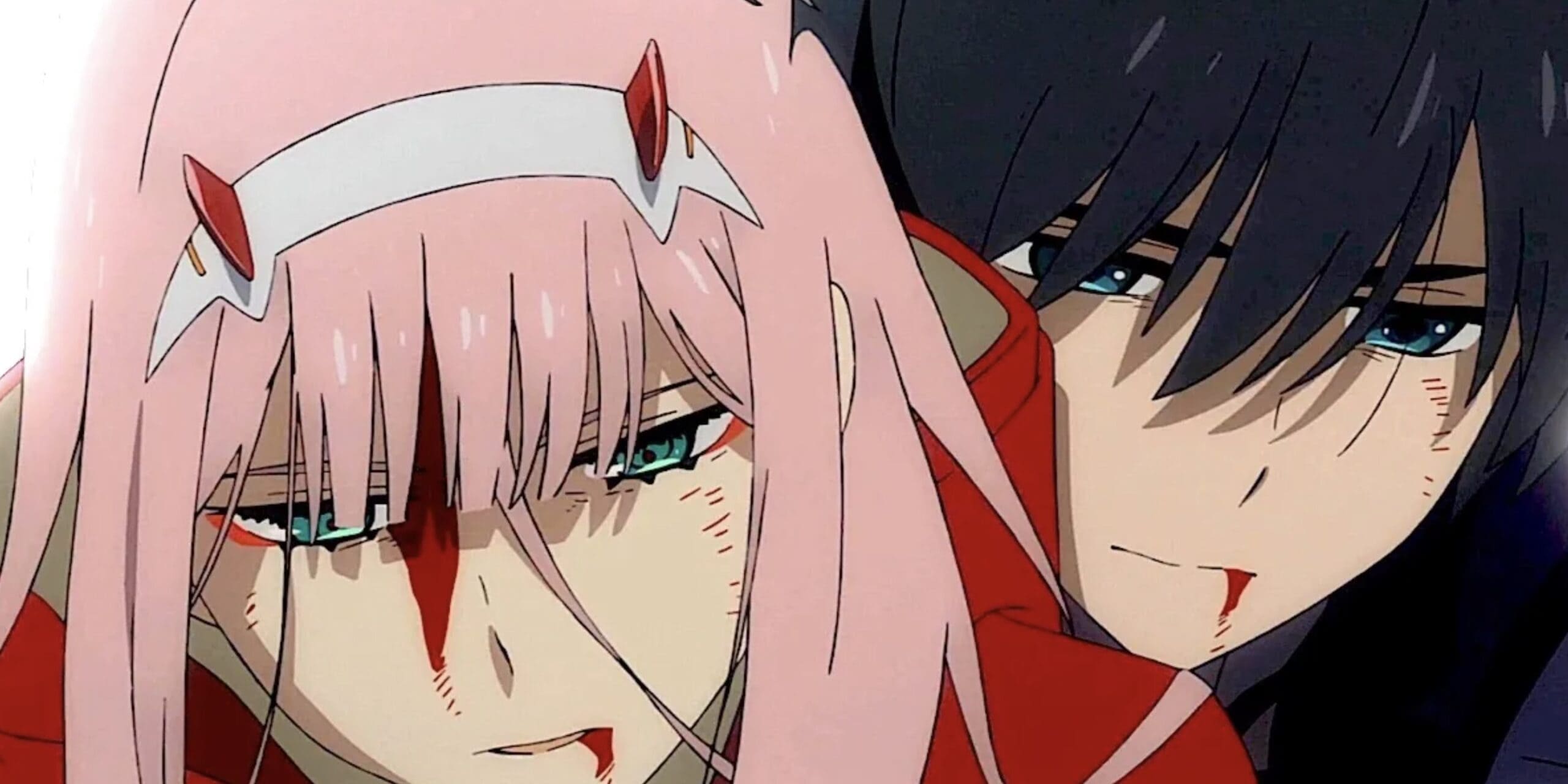
Early episodes centered on thought-provoking themes about fractured youth facing bleak futures as expendable soldiers.
But explorations of camaraderie and finding meaning in broken worlds kept a glimmer of uplifting hope alive.
Unfortunately, gratuitous fan service distracted from resonant moments. Worse still, a cynical, predictable finale betrayed any goodwill by confirming the most pessimistic assumptions.
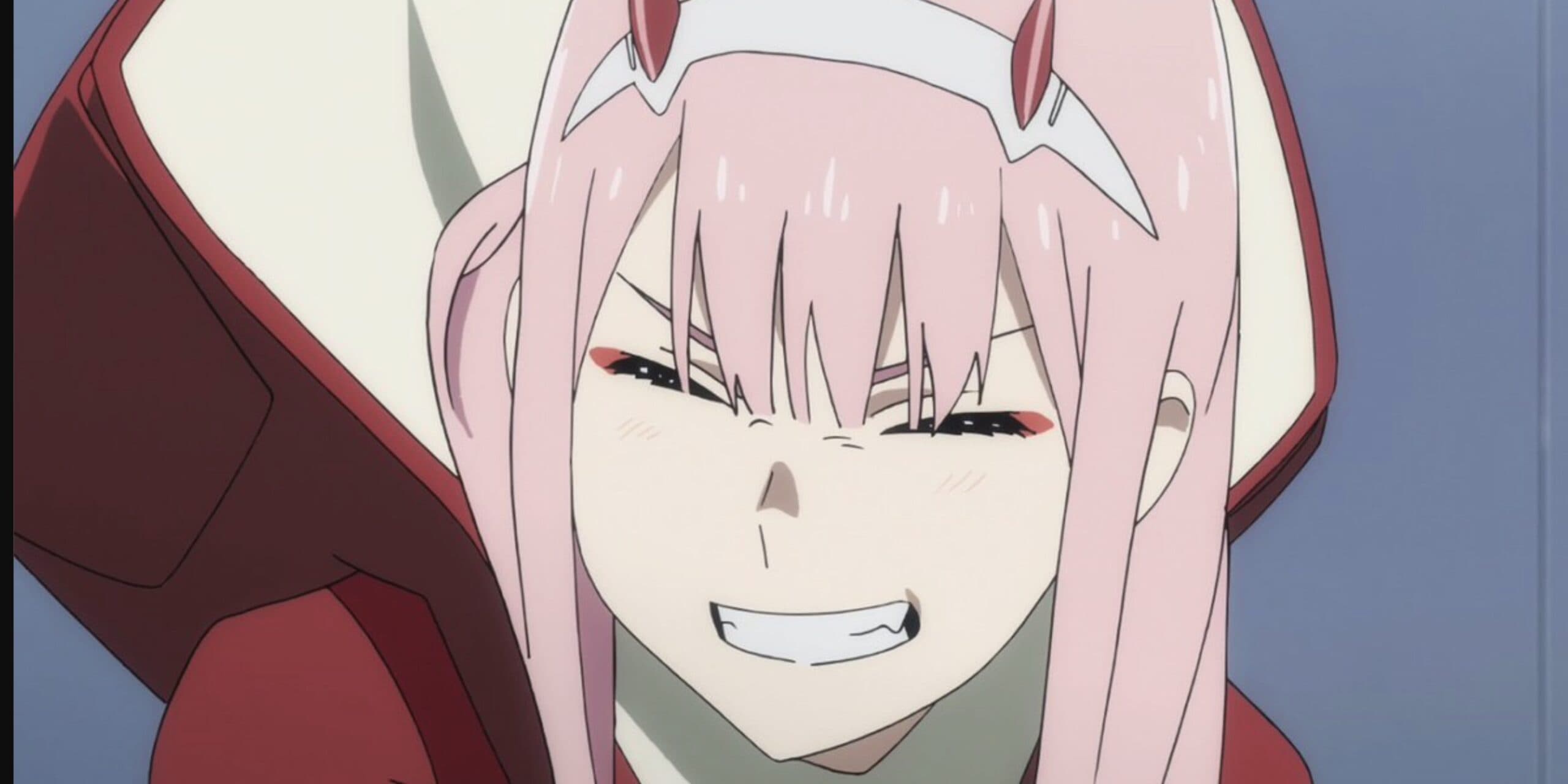
Rather than offer cathartic closure, Darling in the FranXX culminated in tragedy porn, reinforcing how futile resistance and human connection are when systems predetermine misery.
This bitter end, combined with wasted opportunities, made viewers question the purpose of investing at all.
It spotlighted how even the most promising anime can frustrate audiences by chasing provocative edginess while losing sight of meaningful substance and emotional honesty.
5. Aldnoah.Zero’s Second Half Twists Spoiled Everything
On paper, Aldnoah.Zero boasted an all-star lineup of acclaimed creators that should have guaranteed a modern anime classic.
With renowned studio A-1 Pictures animating a plot from Puella Magi Madoka Magica’s Gen Urobuchi, complemented by Hiroyuki Sawano’s score, expectations were sky-high.
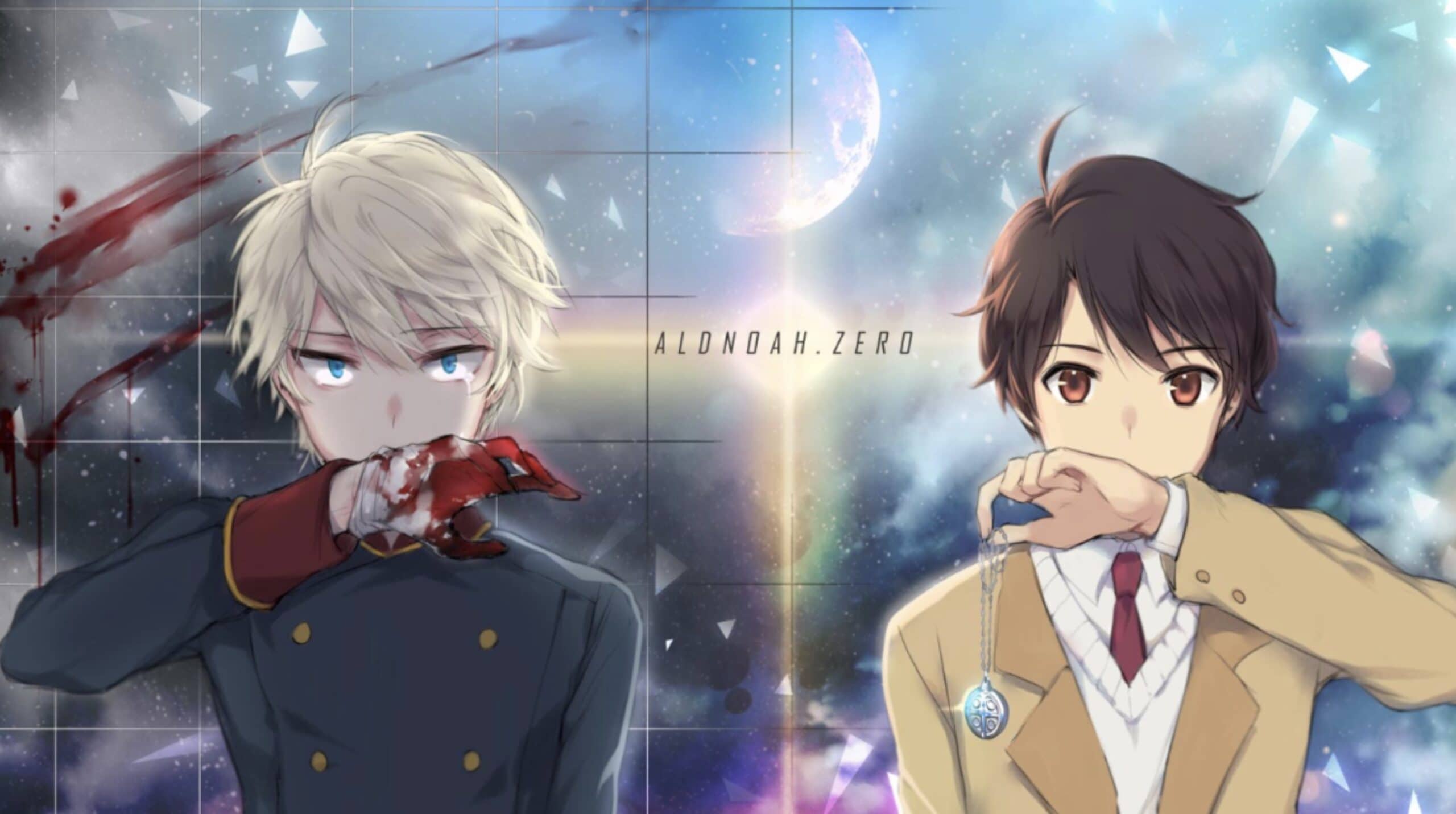
Early episodes were delivered with a gripping deconstruction of mecha tropes and warfare. However, a disastrous second season betrayed fans so severely that Aldnoah.Zero became labeled one of anime’s biggest disappointments.
Season 1 ended by apparently killing off most major characters, establishing a bold new status quo. But Season 2 immediately walked back every impactful death.
Furthermore, the writing devolved into generic “robots punching robots” fare without the incisive commentary that defined early episodes.
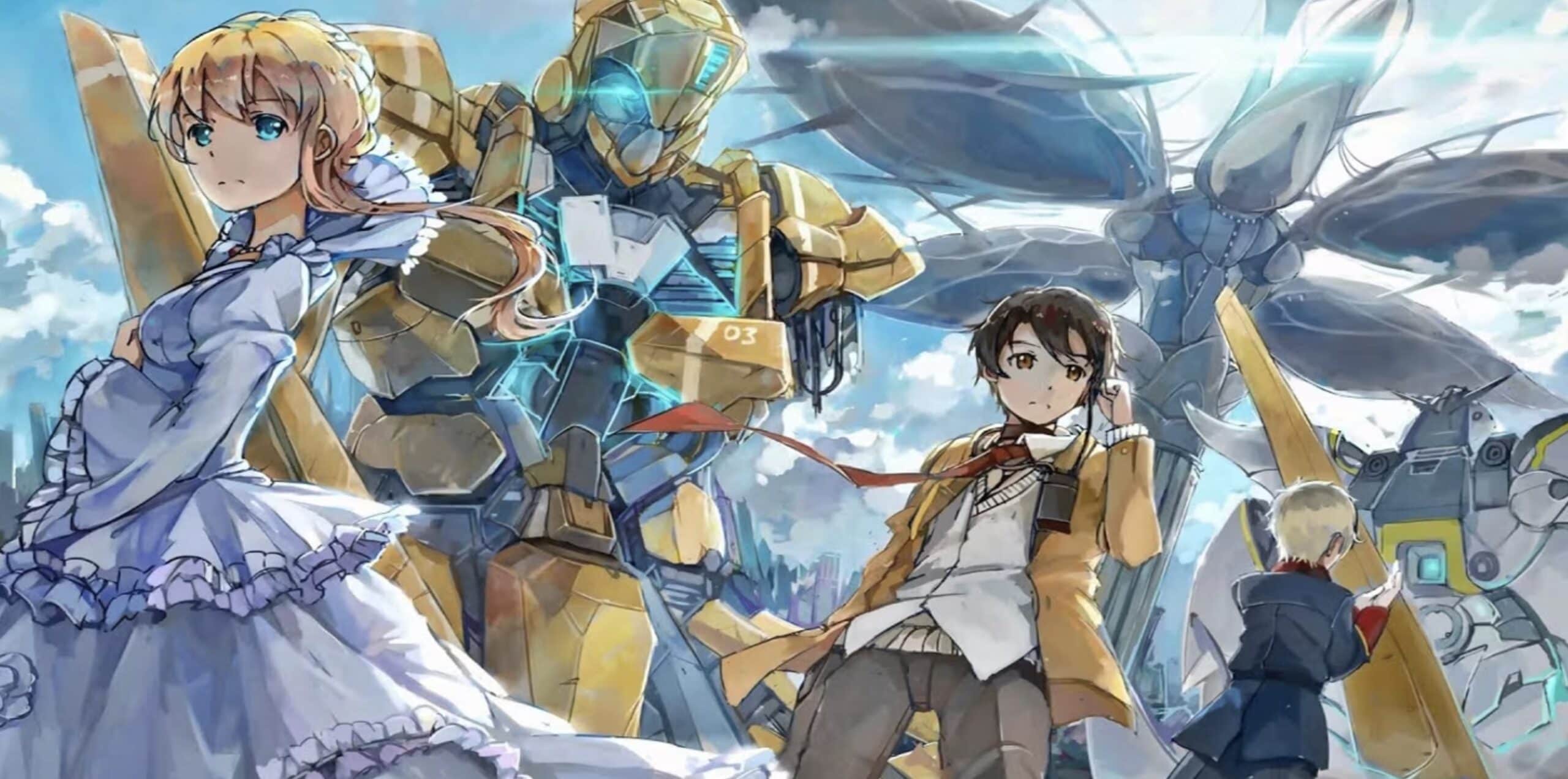
Fans perceived this rapid decline as an insincere bait-and-switch, openly scornful towards creators they once revered.
Rather than sustain an innovative vision, Aldnoah.Zero’s second half sacrificed intriguing elements to pander, thinking flashy fights mattered more than strong characterization and themes.
This squandering of monumental potential left devoted viewers feeling whiplashed and betrayed.
Their bitterly emotional response cemented the series’ downfall from heightening expectations to an infamous embodiment of wasted opportunities.
4. Issues in Sword Art Online Drove Away Viewers
The immensely popular Isekai series Sword Art Online pioneered the virtual reality gaming subset of the genre.
Early episodes built intrigue around protagonists Kirito and Asuna trapped in the expansive VRMMORPG game of the title. However, declining writing quality and characterization issues tarnished SAO’s once positive reception.
As the series progressed, power fantasy wish fulfillment surrounding Kirito’s gaming prowess grew tiresome rather than empowering.
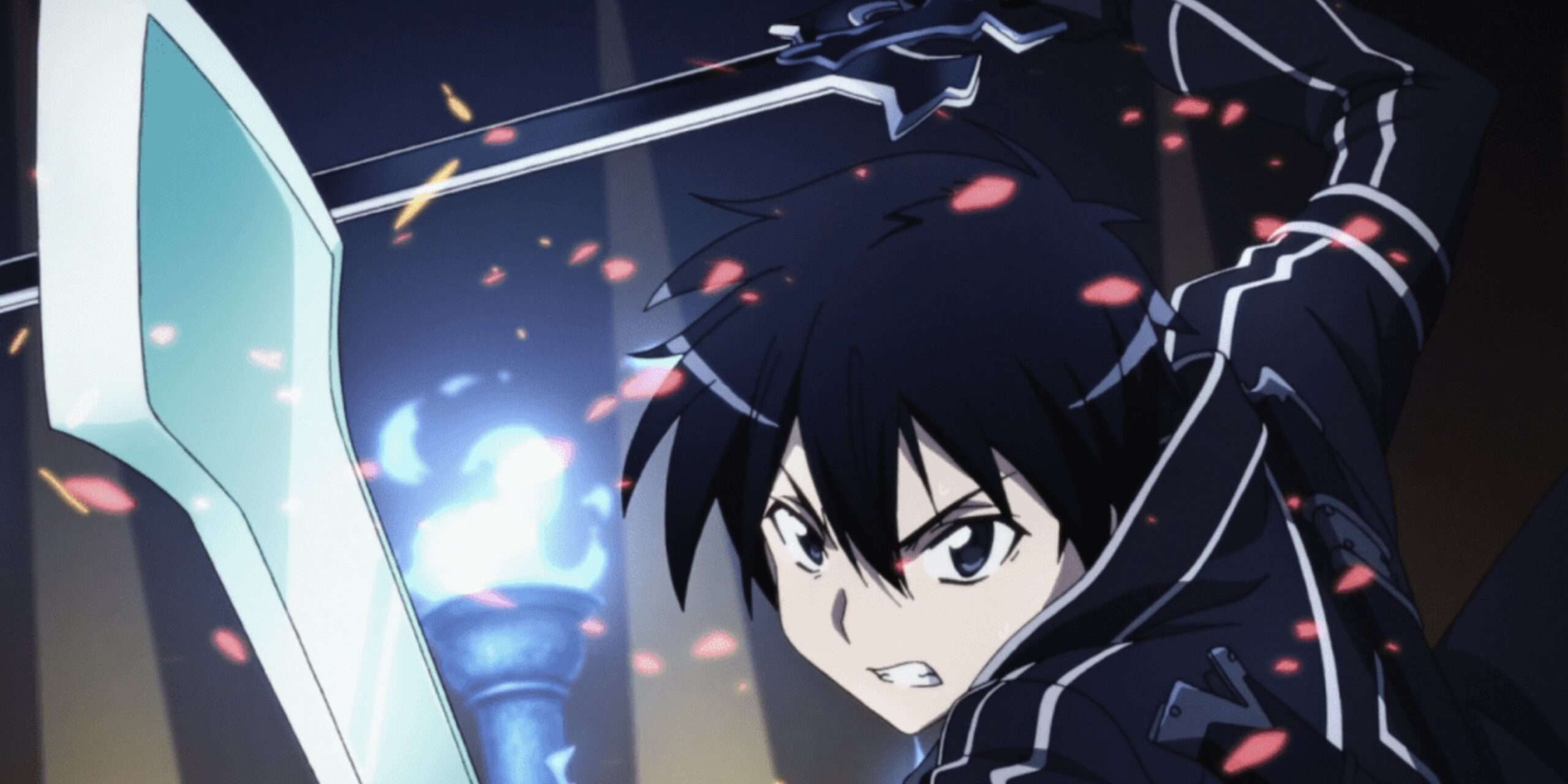
The inclusion of unnecessary sexual assault scenes also jarred viewers expecting a straightforward escapist adventure.
Rather than sustain immersion in its virtual playground, Sword Art Online relied on recycled plot devices and emotional manipulation.
Kirito increasingly warped into a bland, overpowered avatar lacking believable relationships as female characters got shortchanged.
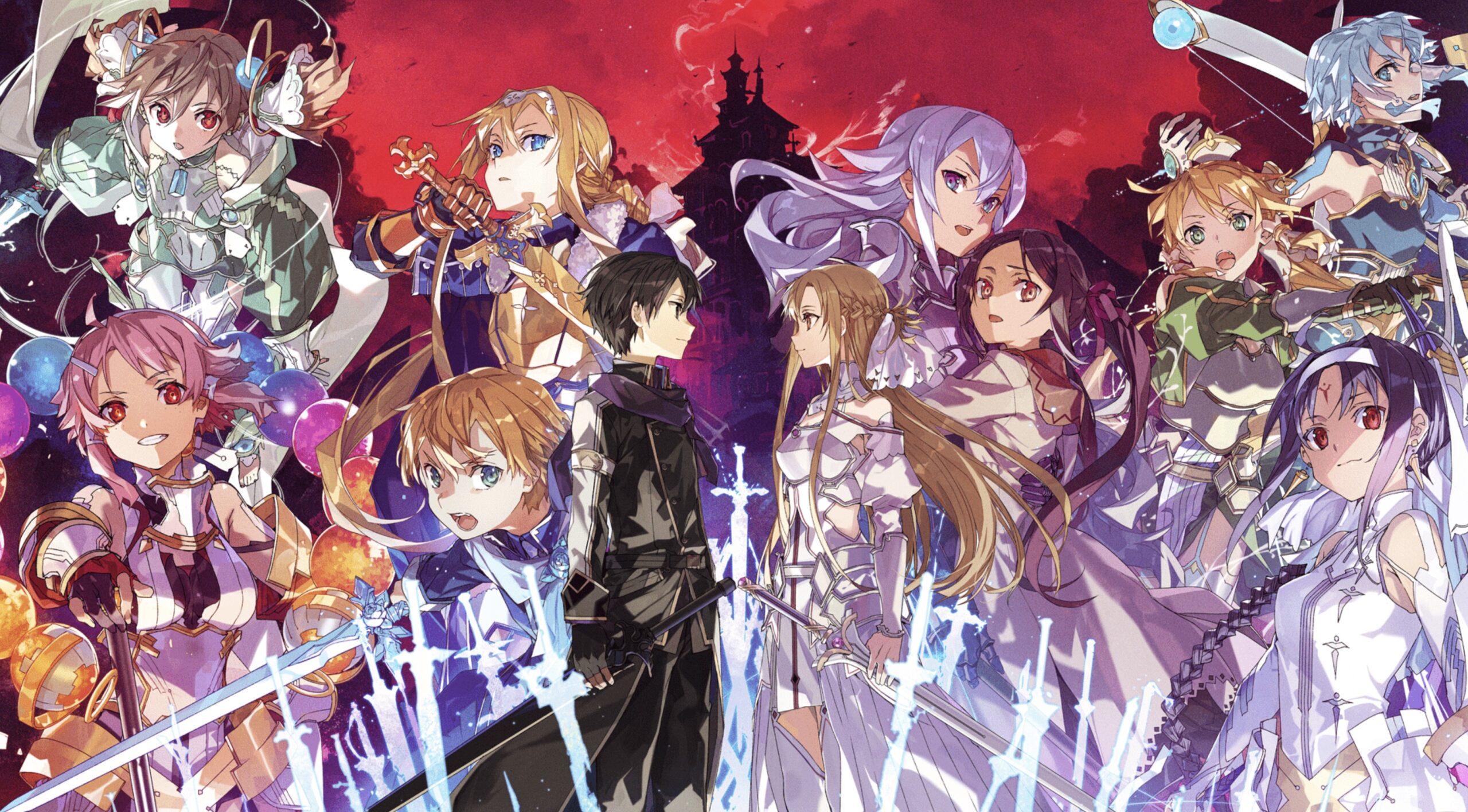
Combined with tasteless narrative choices, SAO transitioned from multimedia juggernaut to emblematic of isekai’s most eye-rolling cliches.
For fans, it represented squandered potential after an intriguing start. Many lamented how organic character dynamics gave way to manufactured drama and trauma used distastefully rather than sincerely.
SAO embodied how even popular anime risks betraying devotees through lazy complacency.
3. Highschool Of The Dead Depends on Low-cost Shock and Fanservice
The late 2000s zombie craze swept across media, anime included. High School of the Dead aimed to capitalize on the trend through its self-explanatory premise: high school students battling a zombie apocalypse.
However, reliance on gratuitous elements severely hampered its entertainment value.

On paper, everyday teenagers fighting hordes of the undead and monstrous survivors seemed a recipe for engaging in action-horror.
But paper-thin characterization and repetition quickly dulled any visceral thrills. Endless explicit fanservice and violence existed less to titillate than leave audiences numb.
Rather than offer innovative takes on familiar ground, Highschool of the Dead settled for lazily ticking boxes. From unlikeable protagonists to stale plot points, the series failed to expand beyond surface shocks.
It spotlighted the worst excesses of focus group-oriented production – recycled ideas crafted for temporary reactions over lasting resonance.
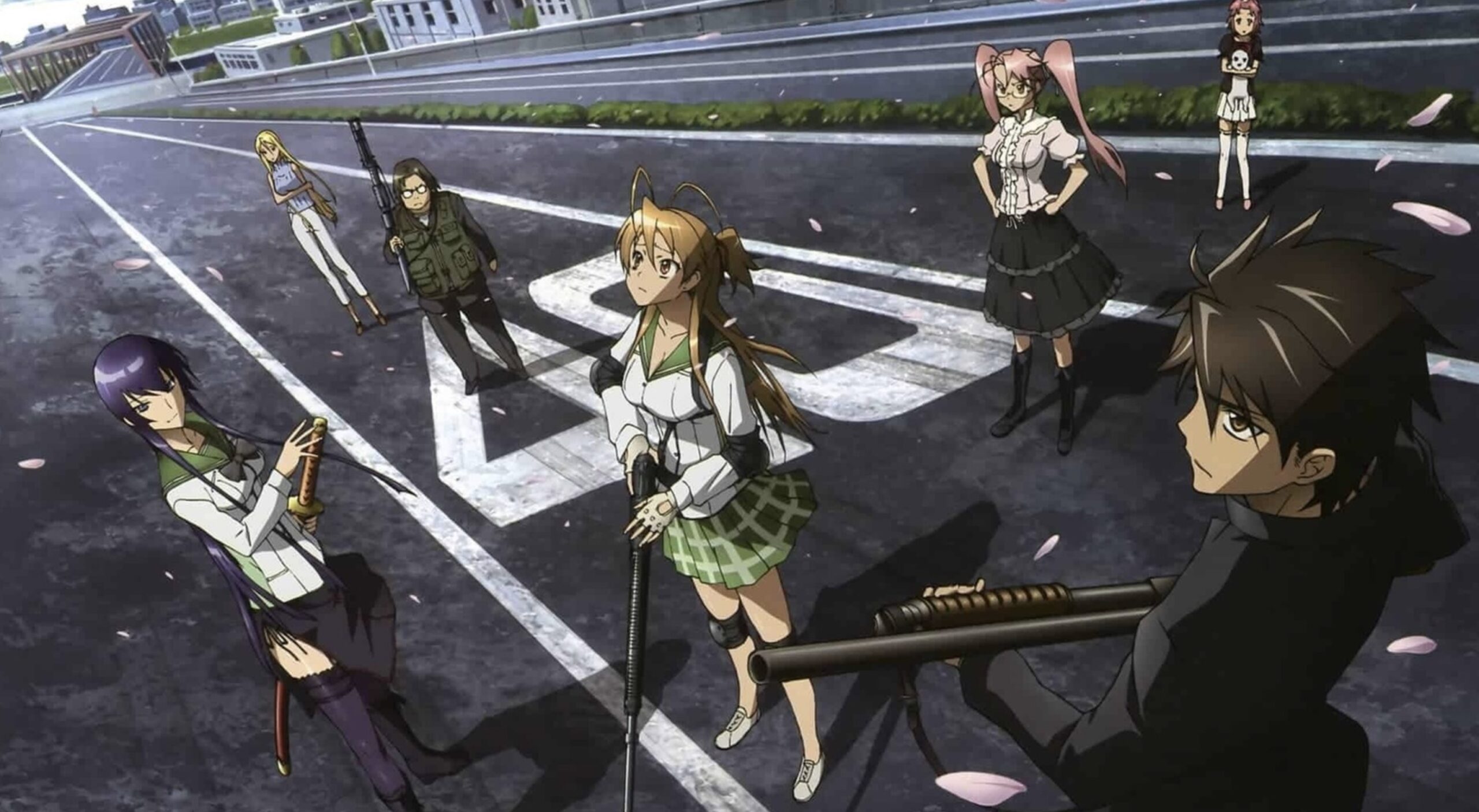
For most viewers, especially existing zombie fans, Highschool of the Dead highlighted a depletion of creativity masked as edgy boundary-pushing.
Ultraviolence and sexuality quickly lose impact when more thought and care don’t accompany their use. As such, it crystallized how easily provocative anime collapses into a vapid spectacle.
2. The Promised Neverland Deviated from the Original Story
The Promised Neverland anime stunned viewers with its masterfully crafted first season – touted as a new modern classic for its deft adaptation of the suspenseful yet heartfelt manga source material.
Harrowing yet hopeful, fans eagerly awaited the continuation of the beloved orphan protagonists’ journeys.
Tragically, a disastrous second season not only abandoned the manga storyline completely but all semblance of skillful storytelling halfway through.
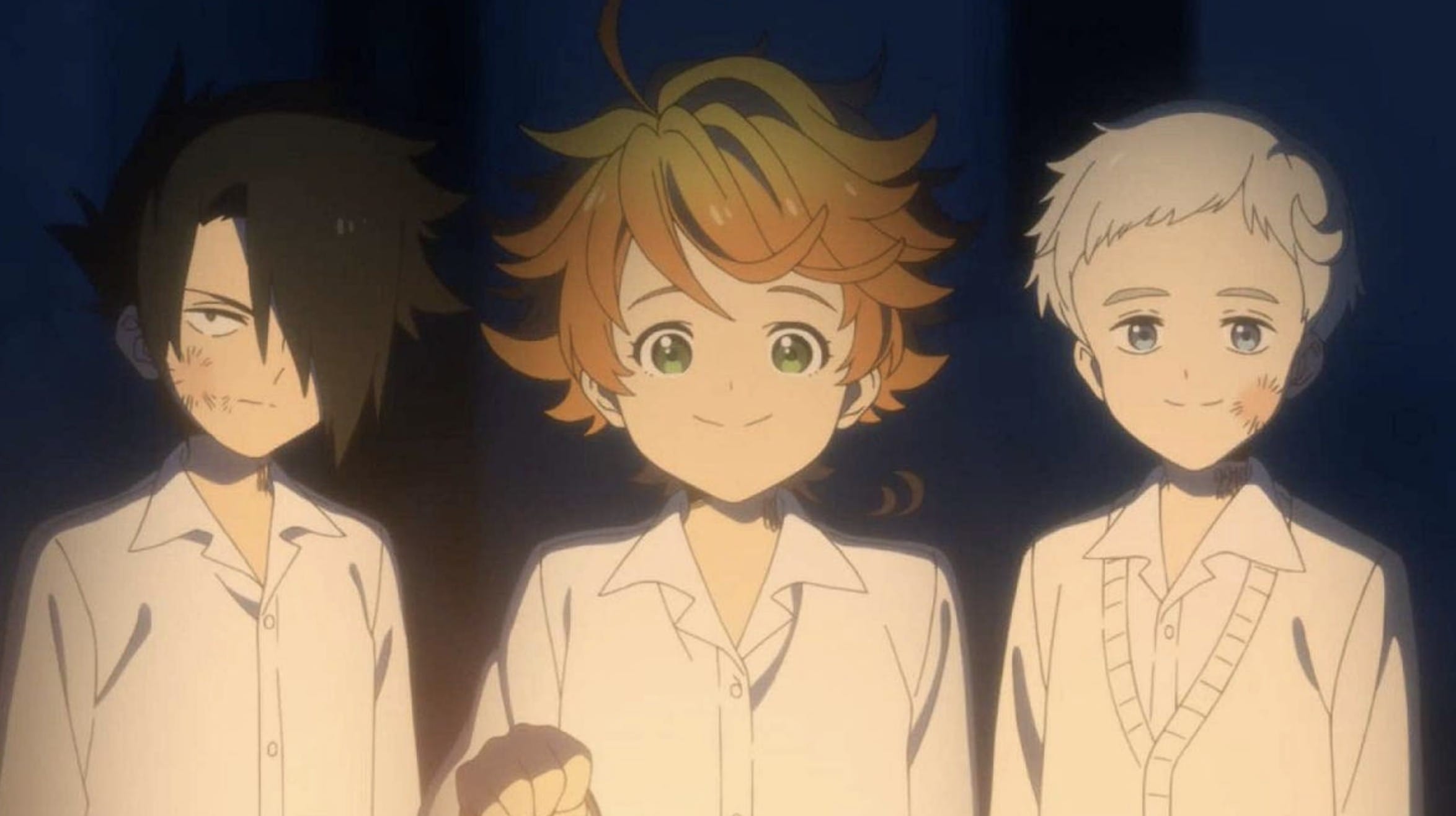
Where season one delivered rich character development and intricate plotting building towards climaxes, season two erupted into nonsensical rushing through remaining plot beats with no connective tissue.
Compelling figures warped into inconsistent ciphers while narrative causality disappeared.
By abandoning its very strengths to race towards an unsatisfying conclusion, The Promised Neverland destroyed all audience goodwill – an unprecedented plummet in quality condemning it to notoriety.
This botched conclusion exemplified squandered potential. All glimmers of the first season’s excellence vanished, leaving confused, bitter fans in its wake.
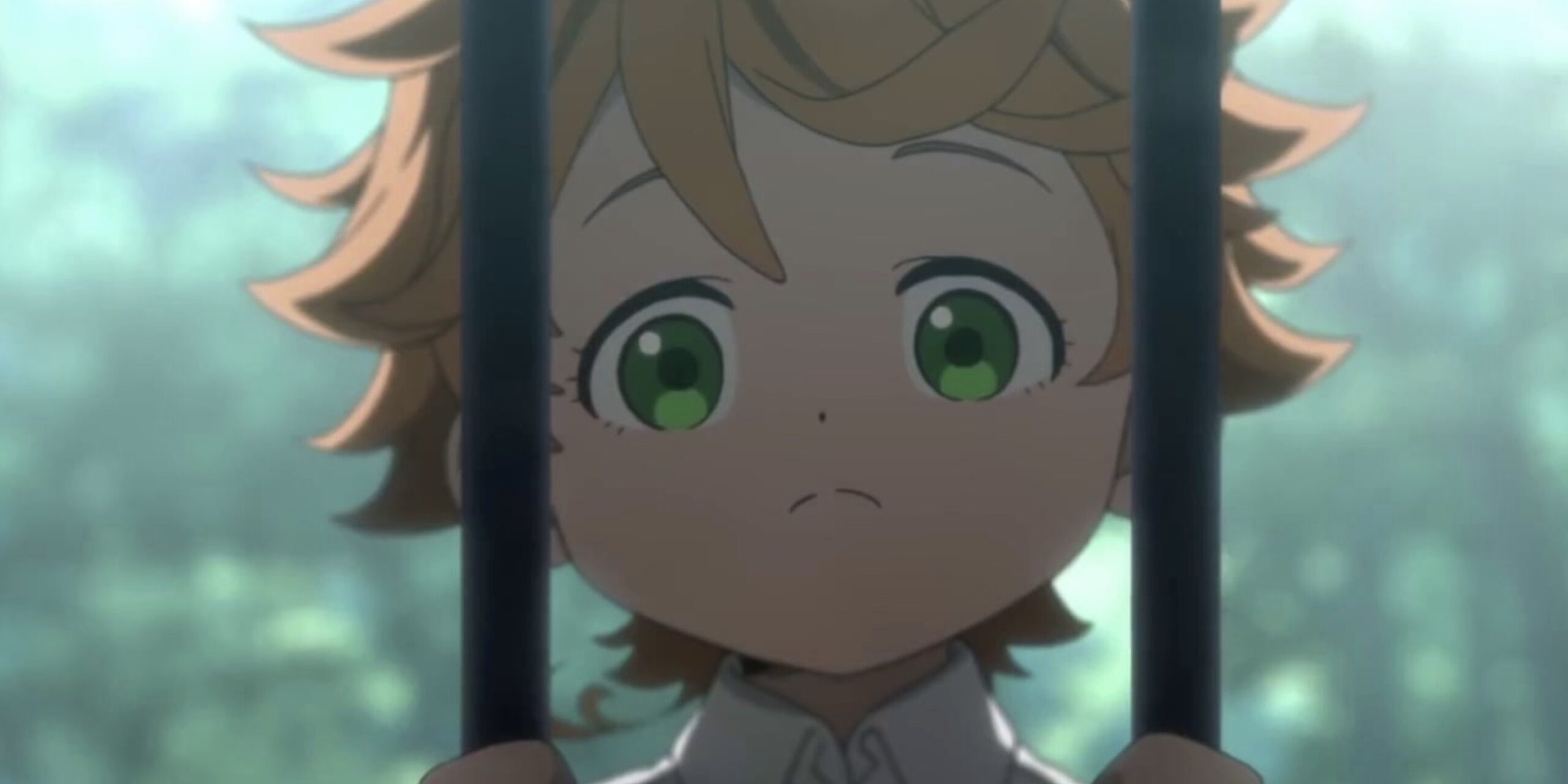
Once poised for acclaim, The Promised Neverland is now synonymous with fumbling at the finish line – proof that early promise means nothing without sticking the landing.
For devotees, it may now exist only as a cautionary tale rather than something to be acknowledged or revisited—an orphaned anime in spirit, if not name.
1. Boruto Overused Original Characters and Concepts
The popular legacy sequel storytelling device of having the children of famous fictional characters face similar challenges can sometimes produce compelling narratives.
Unfortunately, Boruto: Naruto Next Generations fails to live up to this potential. As a follow-up to the Naruto saga, it comes across as an uninspired rehash rather than a meaningful continuation.
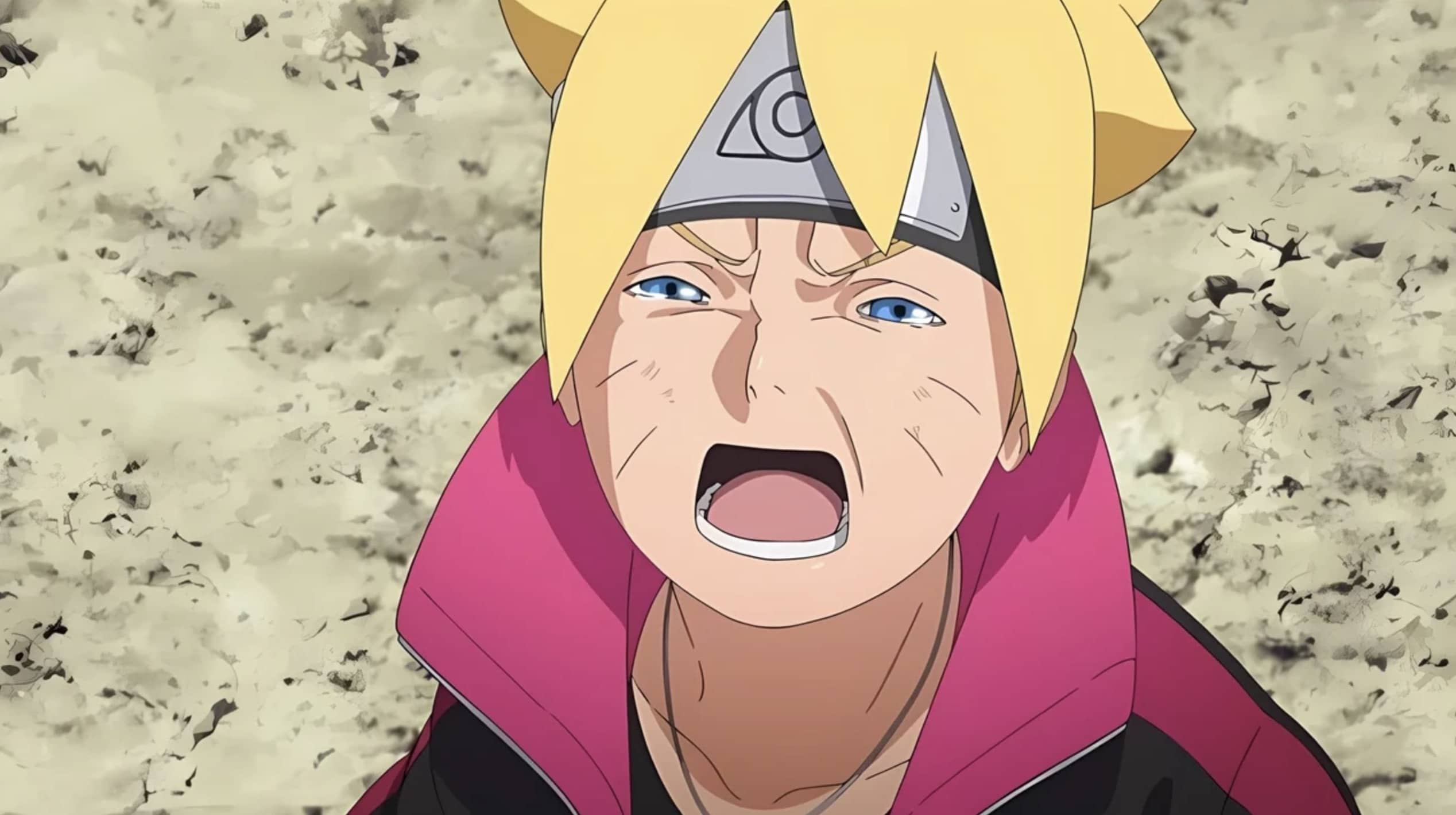
Rather than moving the story forward in an interesting way, Boruto leans too heavily on reusing plot points and narrative beats from the original series.
This makes the sequel feel repetitive and devoid of fresh ideas. Additionally, many fans feel the animation and writing quality actually deteriorates as the show goes on.
Overall, Boruto exemplifies the pitfalls of legacy sequels that get too caught up in revisiting the past without contributing something new.
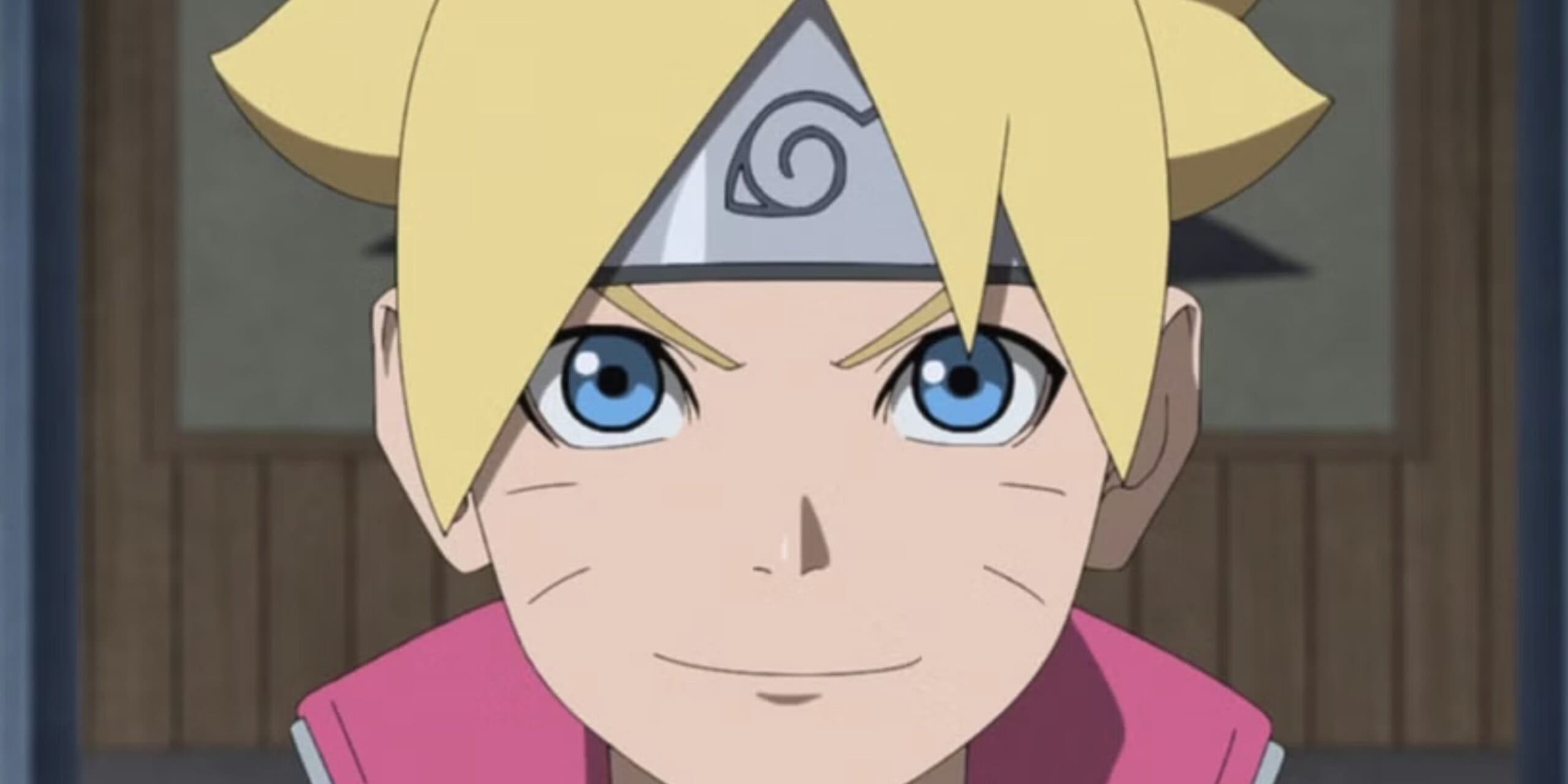
For both loyal Naruto fans and newcomers to the franchise, it is a disappointing successor that does not build effectively on its predecessor’s narrative foundation.
Rather than a thoughtful next chapter, Boruto comes across as a hasty attempt to capitalize on the Naruto franchise’s popularity.
The series lacks narrative depth and nuance. Even casual viewers can see the obvious formulaic pacing as Boruto rushes through plot points.
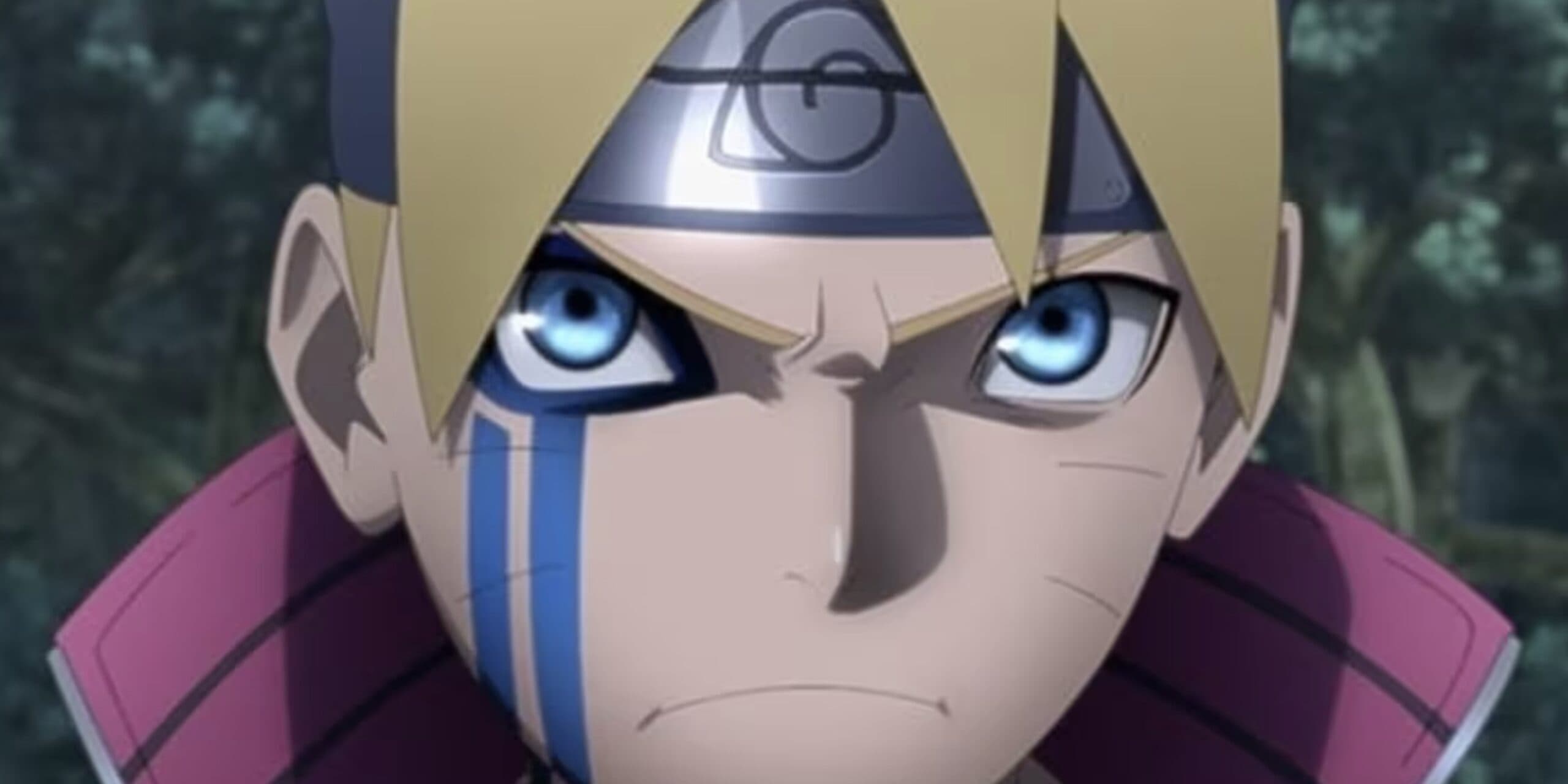
A major critique involves inconsistent character power levels that undermine immersion. When foes are built up to god-like status, viewers expect epic, hard-fought battles.
Yet Boruto often defeats seemingly invincible villains without proper explanation, creating confusion and diminishing peril.
These contrived conflicts tie into larger issues around shallow storytelling. Instead of enriching the Naruto world, Boruto reiterates similar story beats purely out of obligation to the franchise.
This makes the sequel seem creatively bankrupt like it exists only to squeeze residual value from an already completed story. For devoted fans, seeing rich lore reduced to a cash grab leaves a sour taste.

